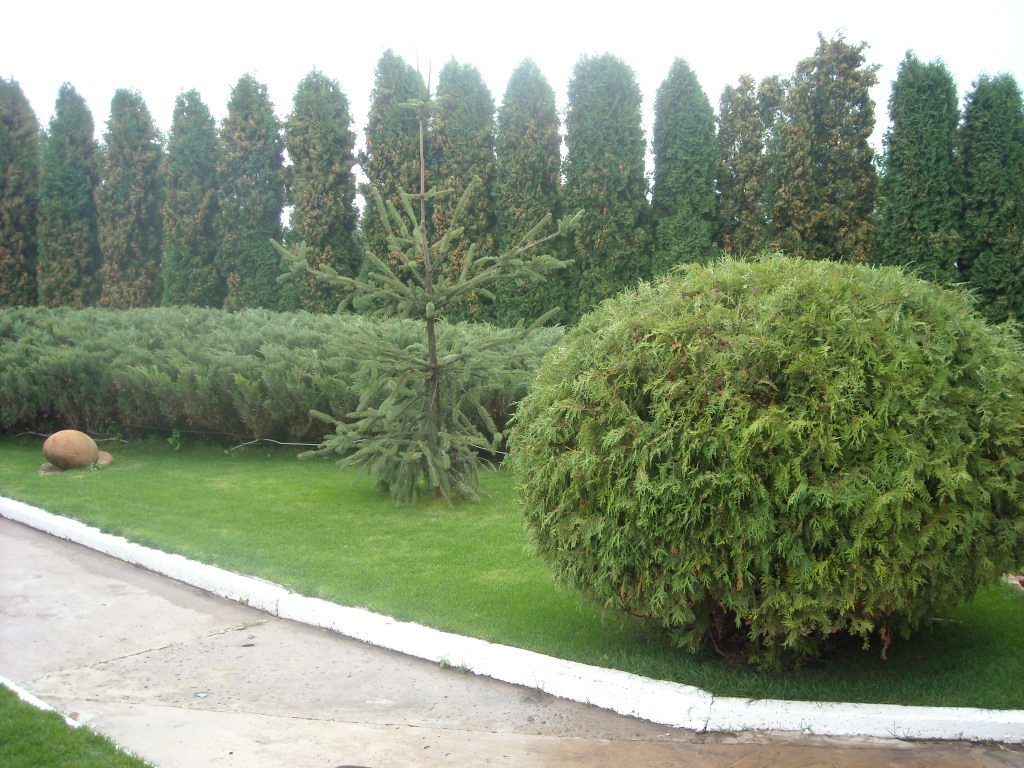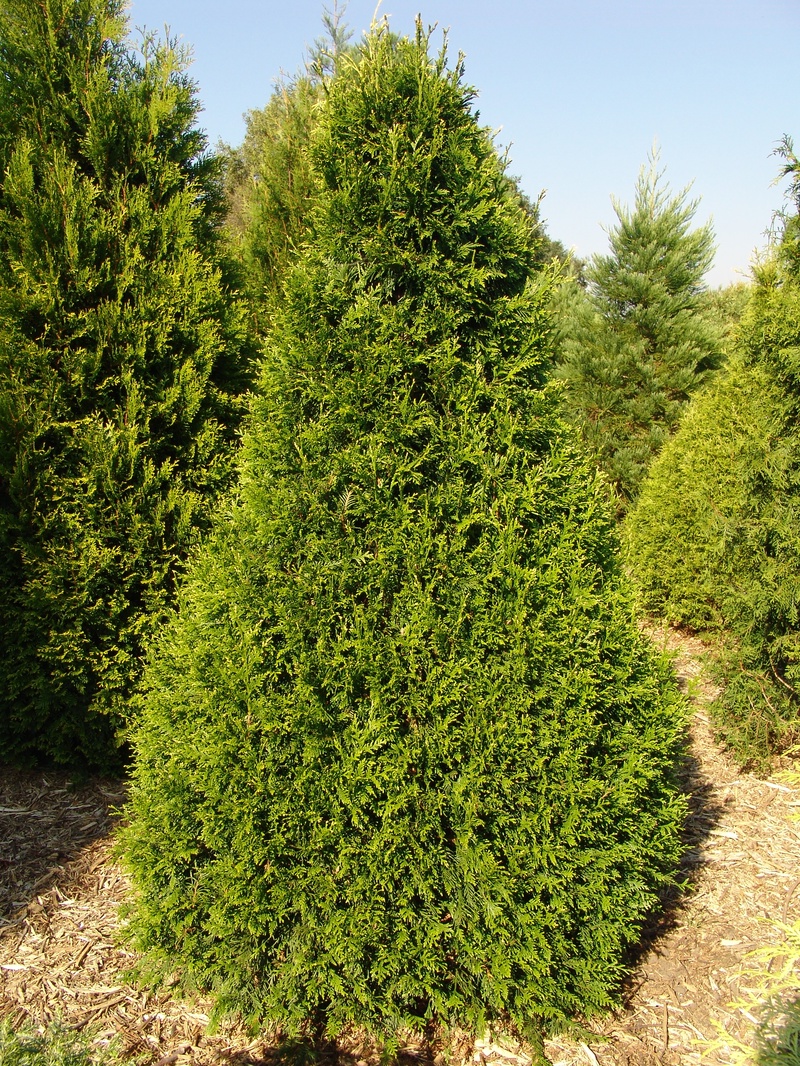Thuja is an ornamental perennial plant that has long been used in ennobling cities and household plots. Due to the unique shape of the leaves, thuja is most often used in the creation of green hedges and alleys.
Thuja breeding
Reproduction is done in several ways:
- seeds;
- cuttings;
- saplings http://terramarket.ru.
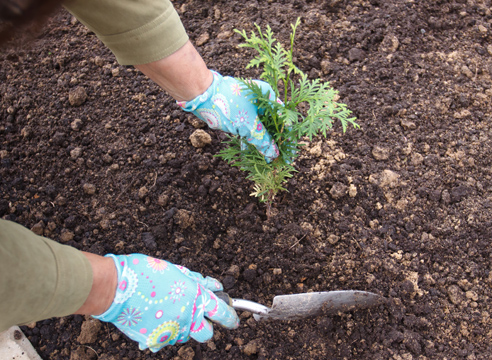
Among all the method of reproduction is the most rational is grafting. To determine all the advantages and disadvantages, consider each method in detail.
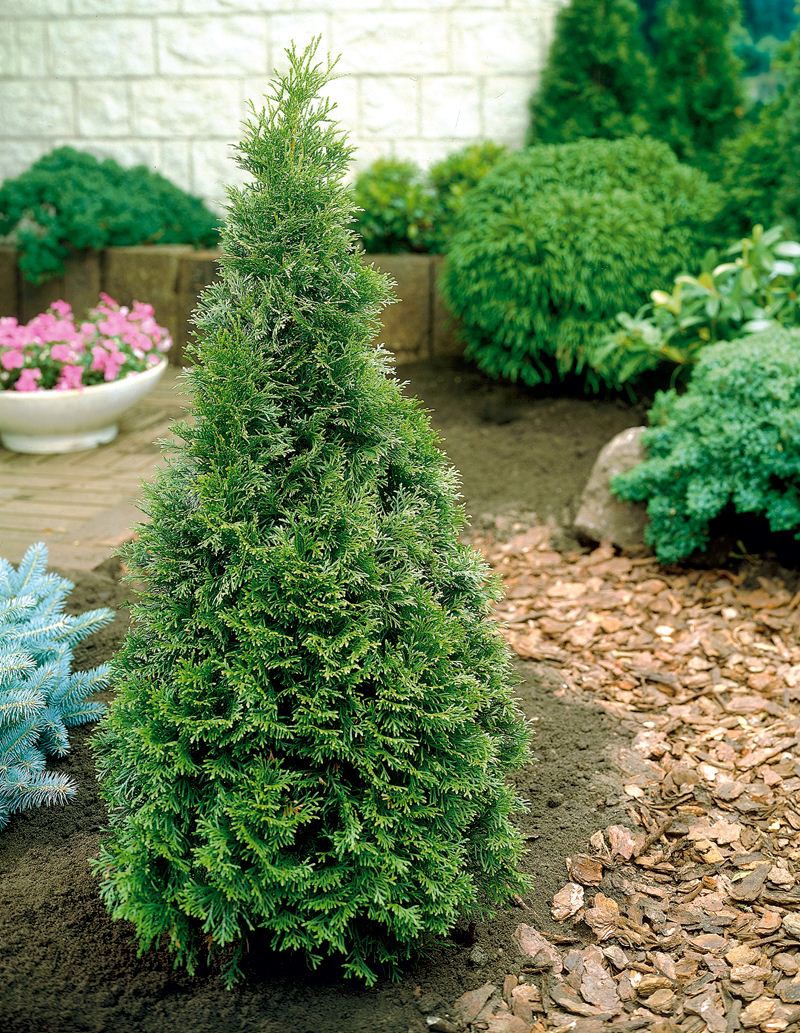
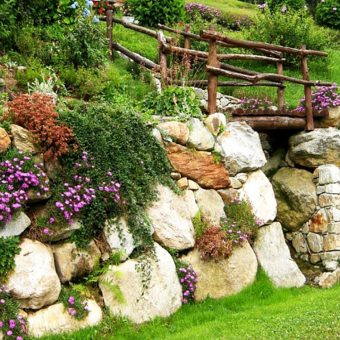
Growing from seed
Growing from seed is a long and complicated process. Until the sapling grown from seed becomes ready to plant in a permanent place, at least five years should pass. In the process of development such a plant loses its varietal properties.
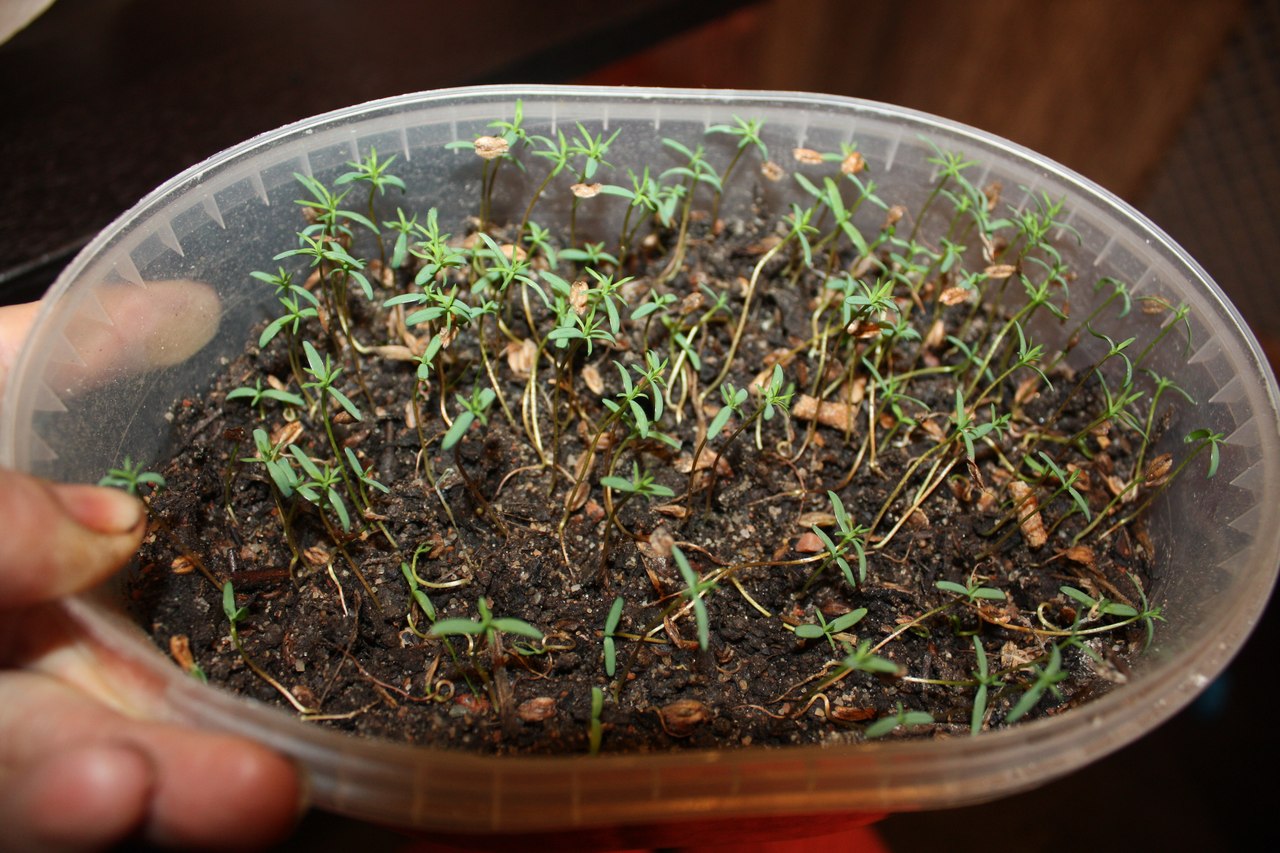
Despite the shortcomings, this method of cultivation has some good sides - the seedling grows the most seedling prepared for local environmental conditions.
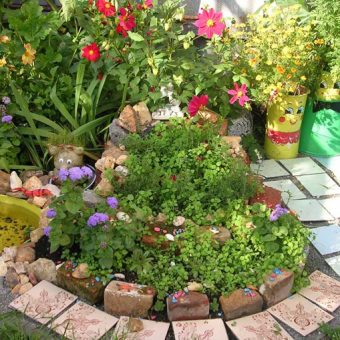
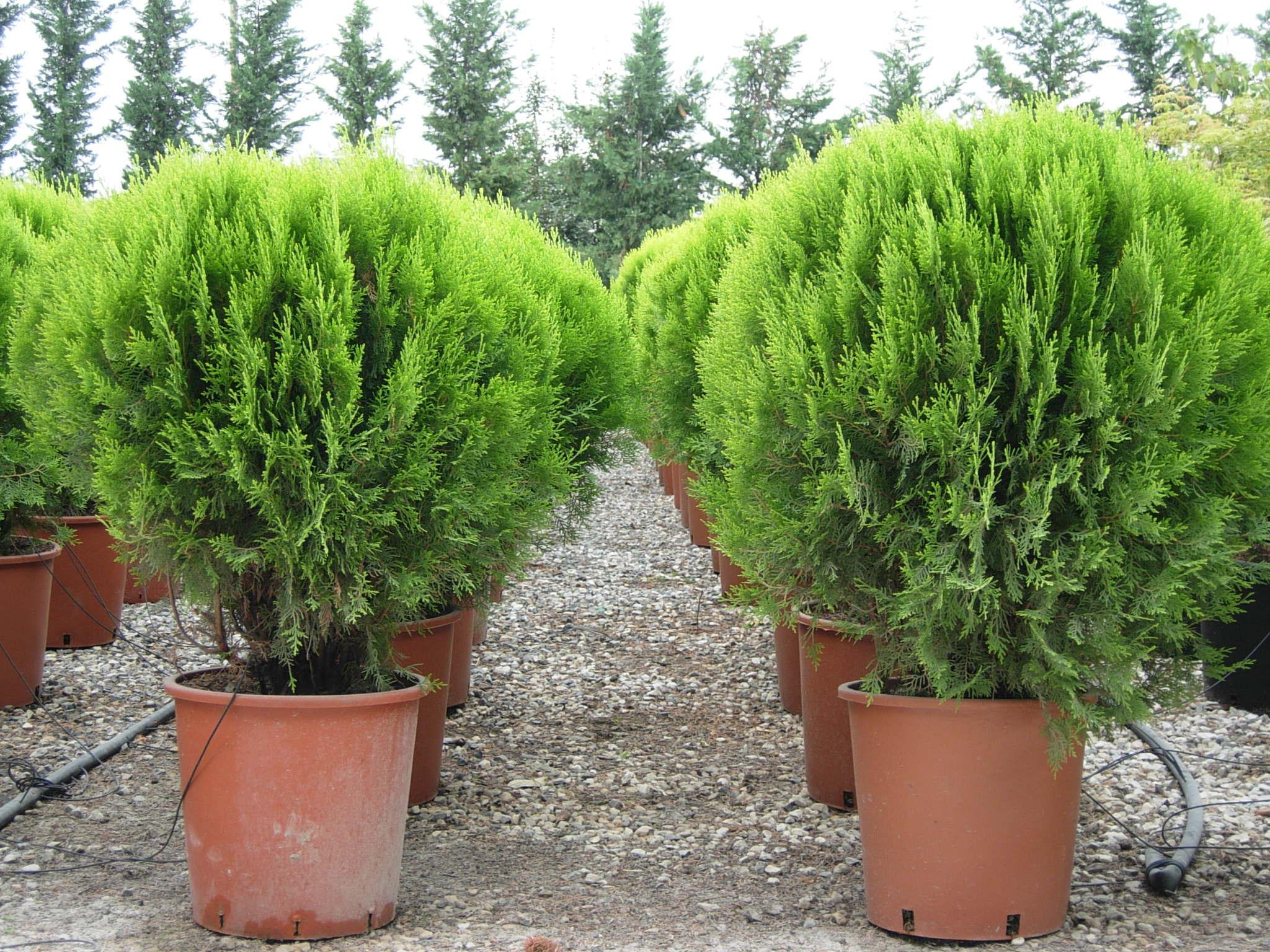
For planting, it is necessary to take healthy seeds that spent the winter under the snow. Thus, they are hardened and get used to weather conditions. In the spring, seeds are placed in a box with a nutrient substrate, sprinkled with soil with the addition of pine sawdust.
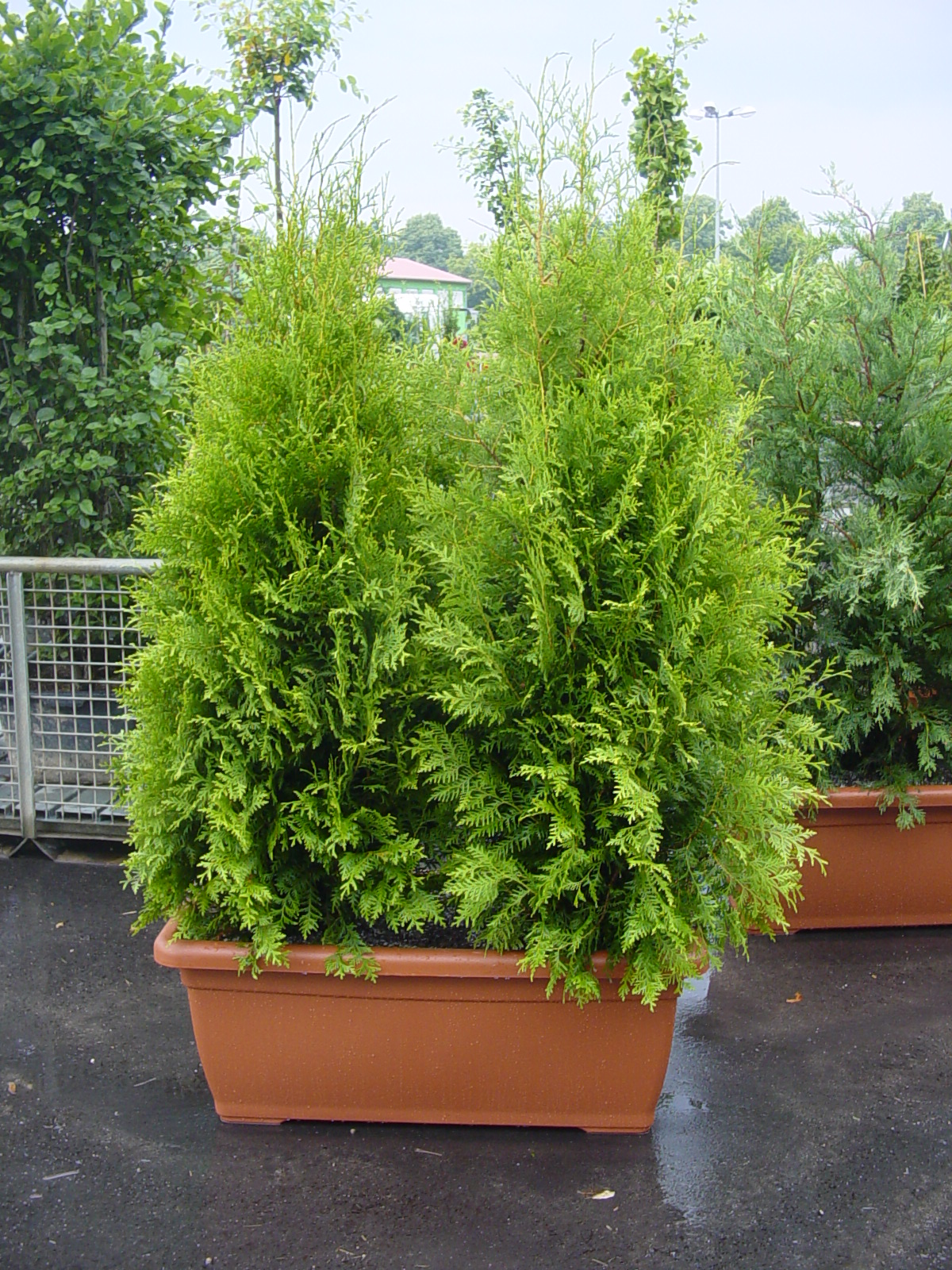
Shoots require careful care:
- regular moisturizing;
- sun protection;
- timely feeding.
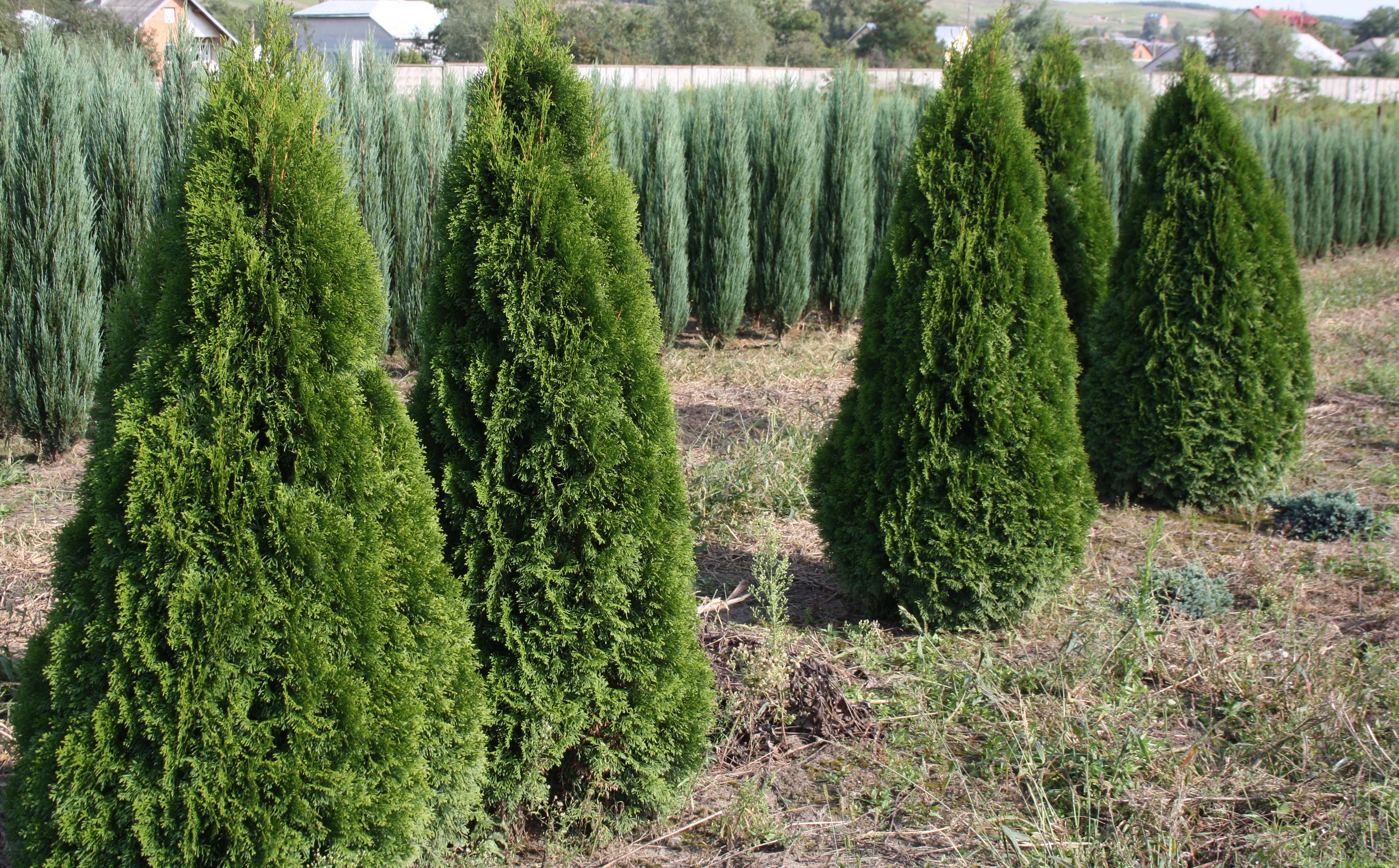
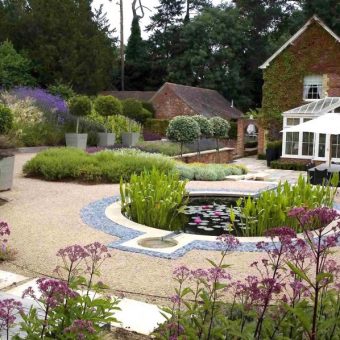
In the fifth year, the plants can be placed in open ground.
Reproduction cuttings
Coniferous plants are well amenable to cutting, while maintaining their varietal quality. As a rule, thuja shoots are separated in April. It is best to take 2-3-year-old cuttings from the upper area of the crown. It is recommended to separate the shoots with a length of 20 cm by hand, so that at the end of the shoot a particle of last year's wood is enriched with useful substances.
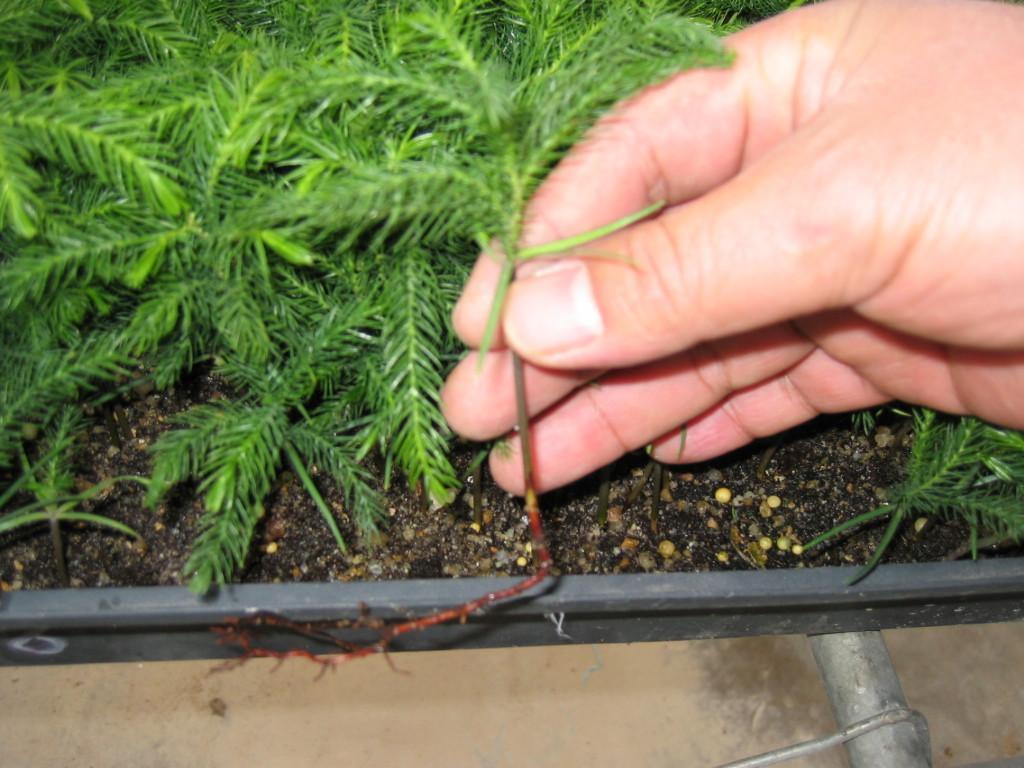
Before planting, young shoots must be decontaminated. To do this, briefly dip them in a solution of potassium permanganate and then soak them for a day in a solution with a root growth stimulator.
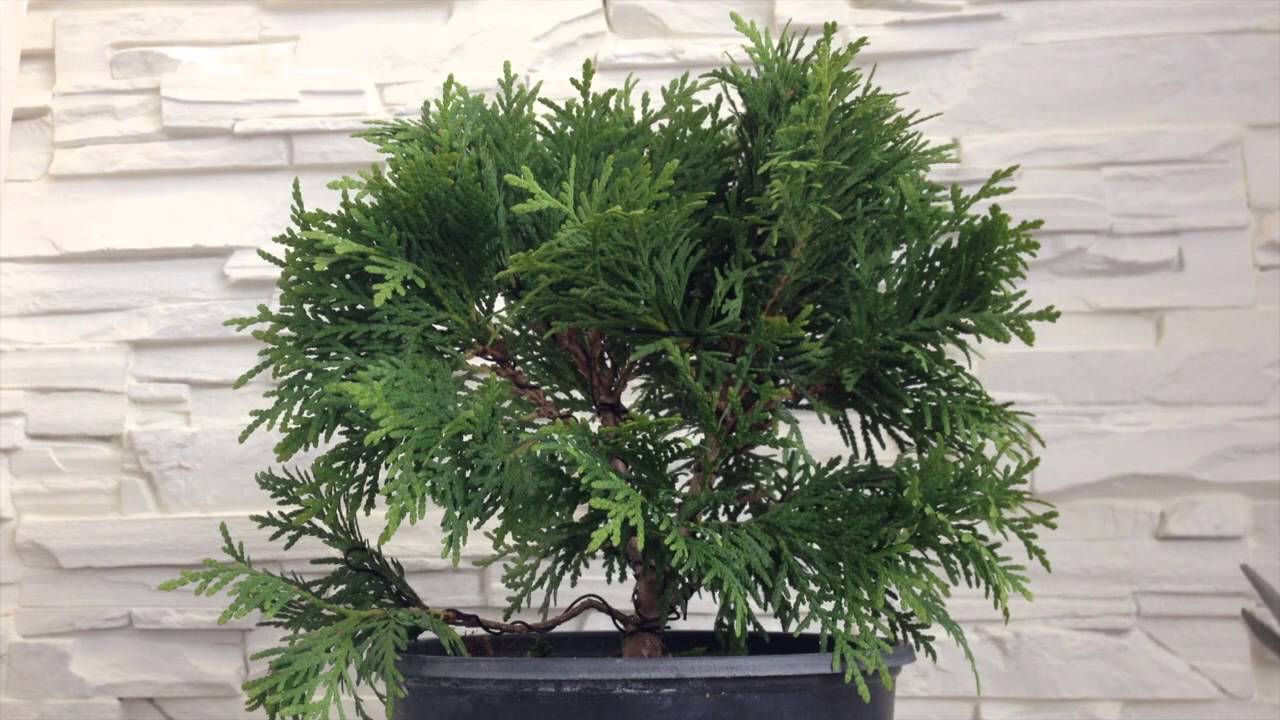
For planting cuttings use boxes with sand or garden soil containing sand. Containers must be placed in a hanging state, for example, on bricks or boards. The bottom must have a sufficient number of holes so that moisture does not accumulate, and oxygen is freely supplied to the root system.
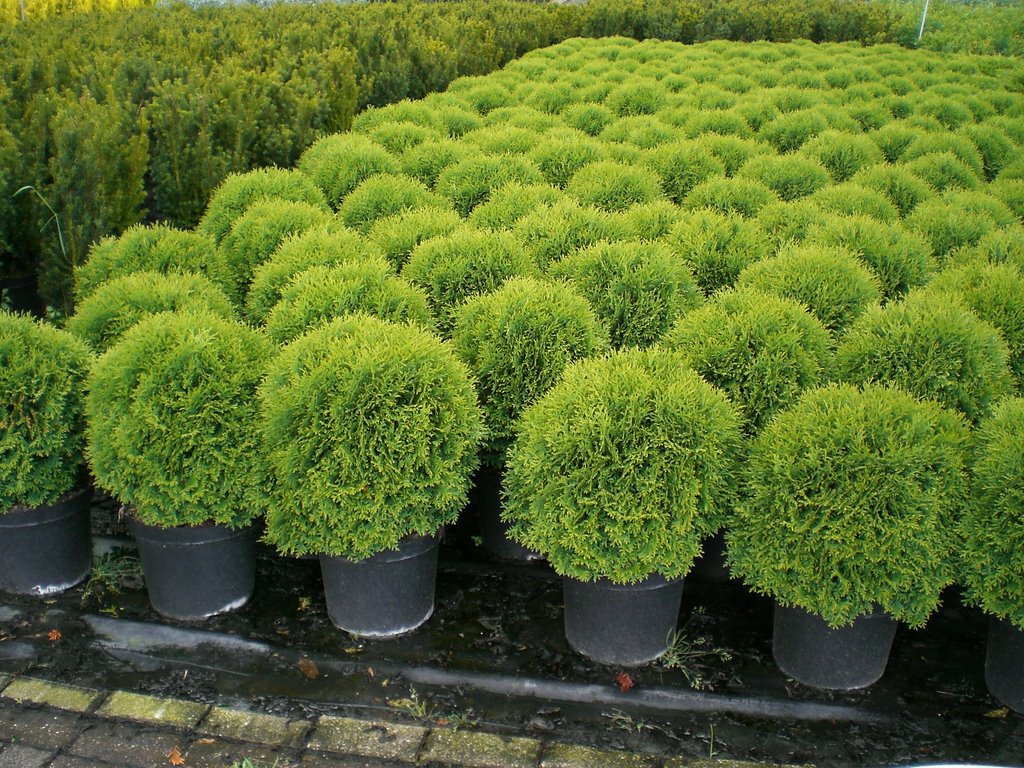
Drainage is laid out on the bottom, for this small river pebbles can be used. Before planting, it is recommended to boil sand and shed 3% solution of potassium permanganate. Shoots should be placed in the substrate for 2 cm. The soil should be compacted and shed well. When watering it is necessary to ensure that the earth is not washed away with water and the cutting does not move.
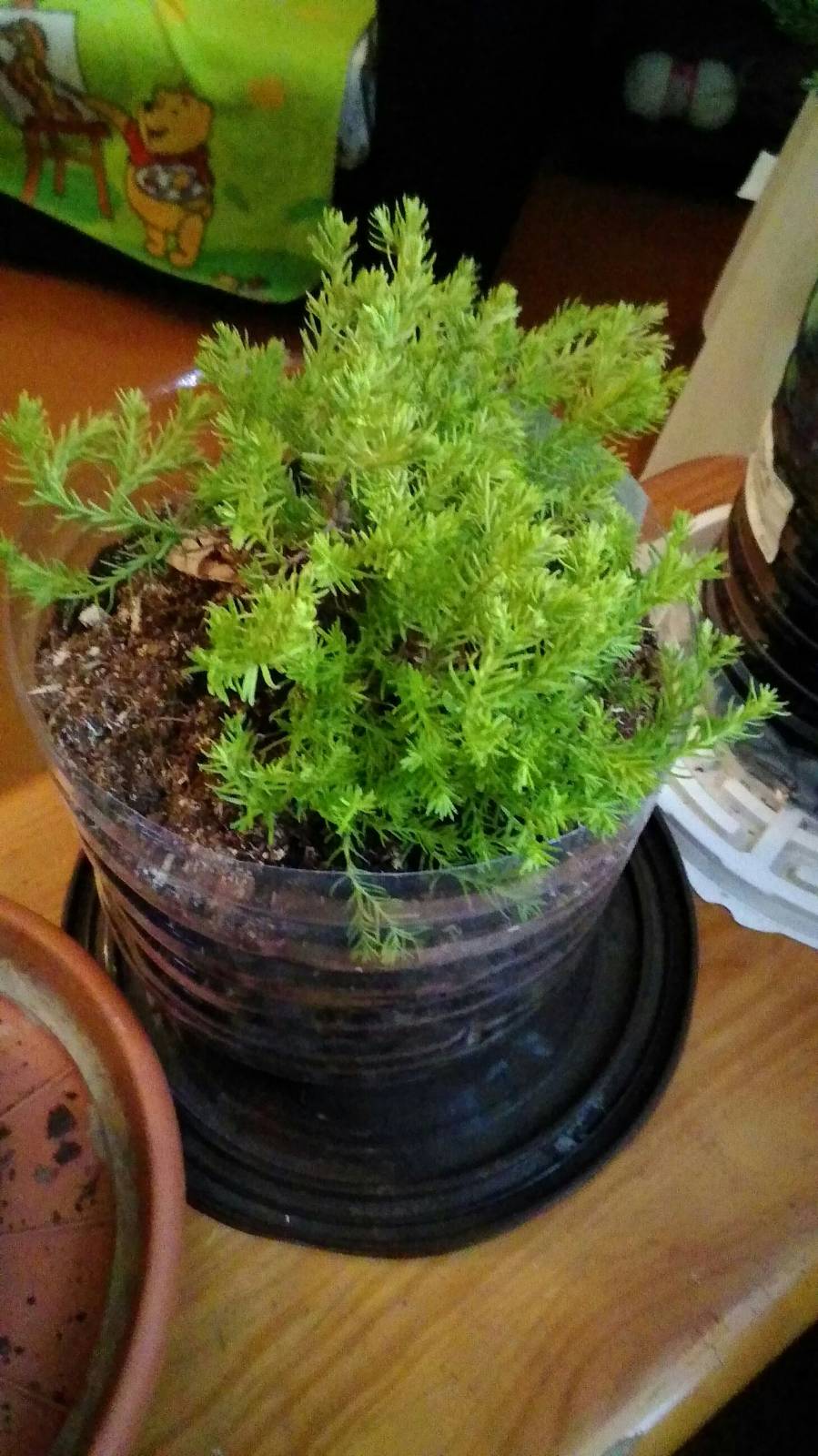
Boxes with shoots should winter in a warm shady room. The optimum temperature for good rooting is 18-23 degrees.
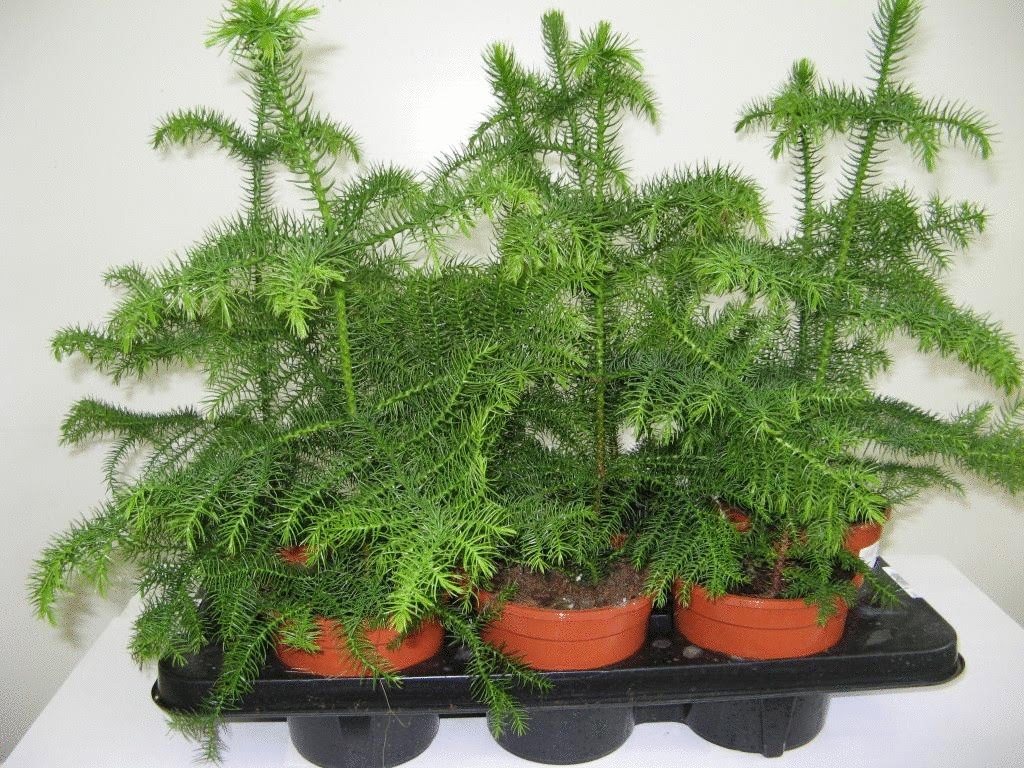
In the ground saplings planted in the fall. The soil for the thuja is necessary acidified with the addition of peat. On rearing seedlings takes an average of 2-3 years.
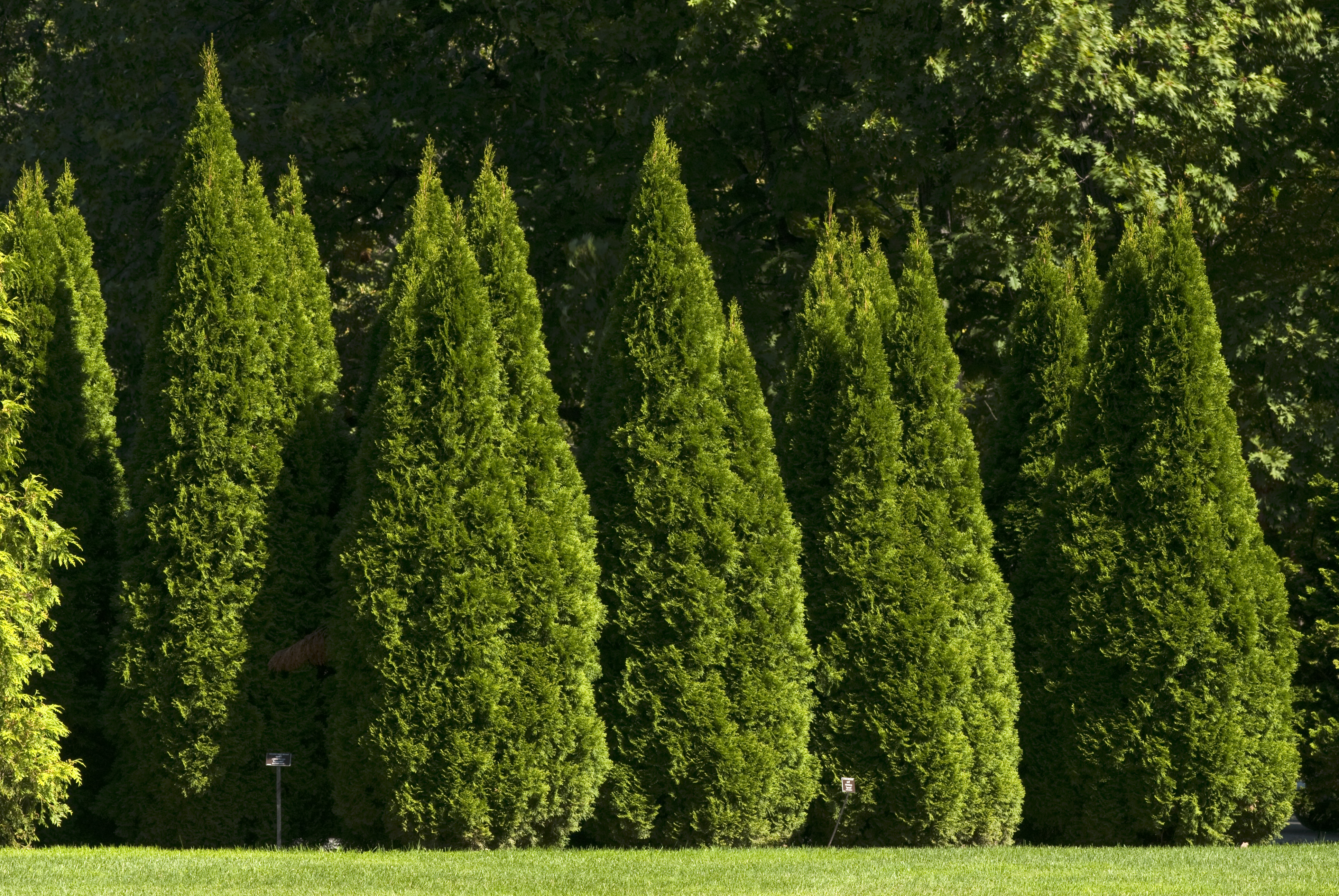
Spring landing of a thuja in soil
Thuja is a fairly unpretentious plant that can survive well at different times of the year. And yet, experienced experts advise landing a thuja in the springtime.
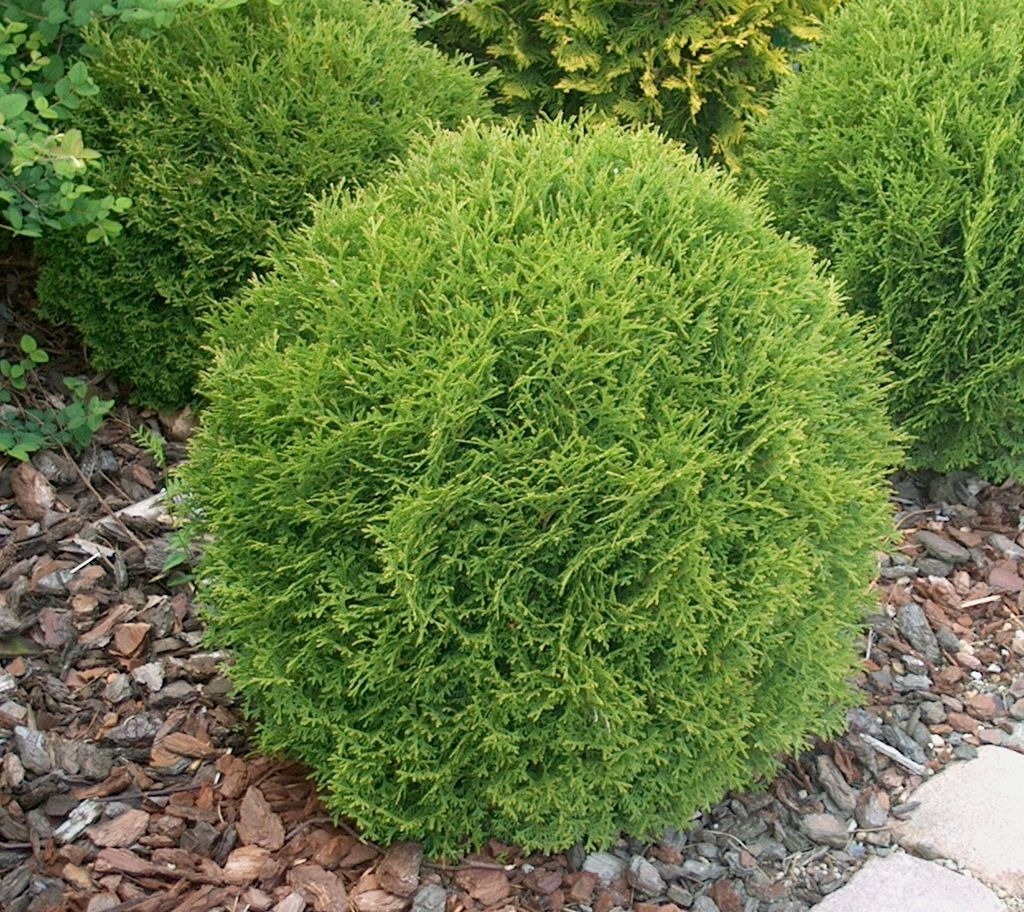
When choosing a permanent place for thuja, be aware that it prefers shady places. In a too sunny area, the plant will wither and difficult to endure low temperatures, in a dark place the thuja slowly develops and loses its decorative qualities. Ideal conditions for the thuja - light shade, protection from strong winds, nearby groundwater.
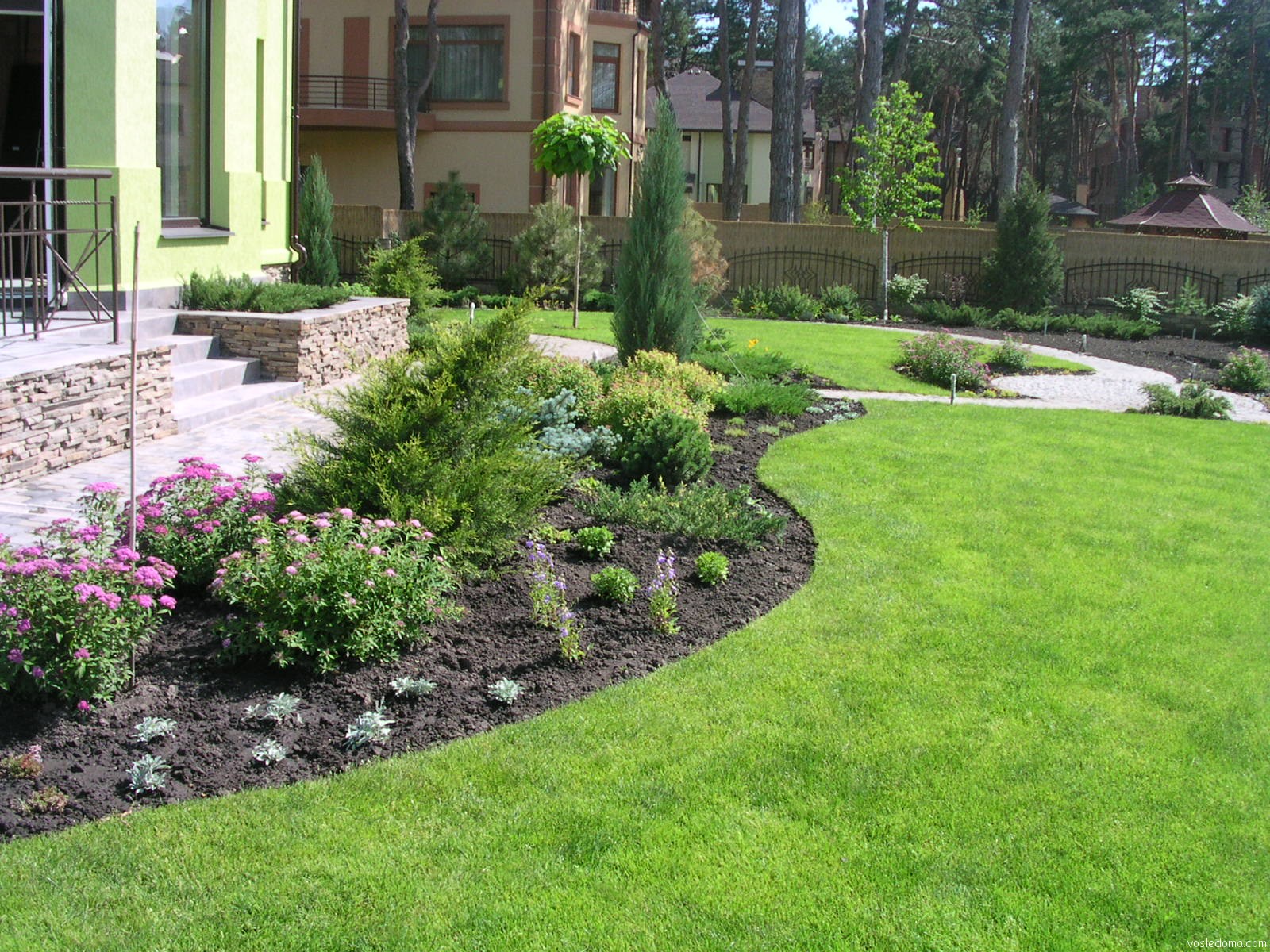
How to plant thuja?
- Dig a hole - 70-80 cm deep and 90-100 cm in diameter. It should be easy to enter earthen room.
- At the bottom is laid a little substrate with the addition of fertilizers.
- Carefully place the seedling in the pit, maintaining the integrity of the earthy coma. Thuja's root neck should be parallel to the soil surface.
- Mix garden soil, peat, sand in equal parts, pour and tamp lightly.
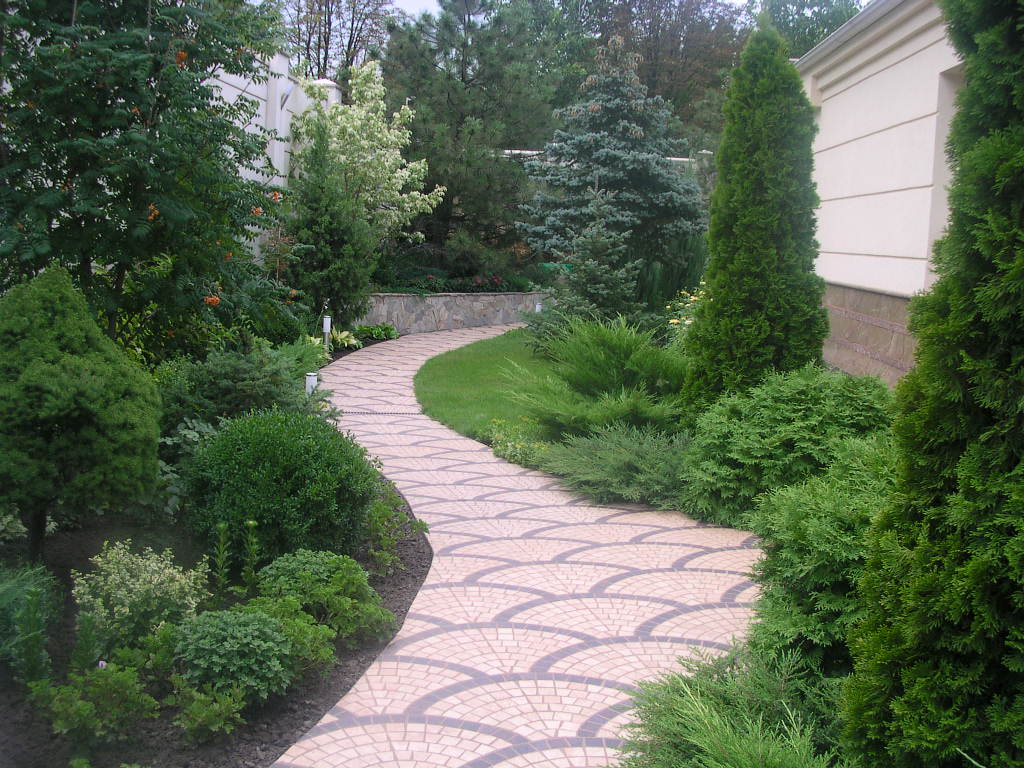
Miniature varieties should be located at a distance of about 1 meter. Large species - up to 5 meters. After landing in the ground requires watering and primary feeding. The frequency of irrigation is determined by temperature conditions and an abundance of rain. In the heat it is necessary to water at least two times a week, in early spring enough and once. In rainy seasons there is no need for watering of thuja.
Watering mode
For good growth and development of thuja requires sufficient watering. Irrigation mode provides for the introduction of 10 liters of water in the root part once a week. In dry weather - 2-3 times a week.
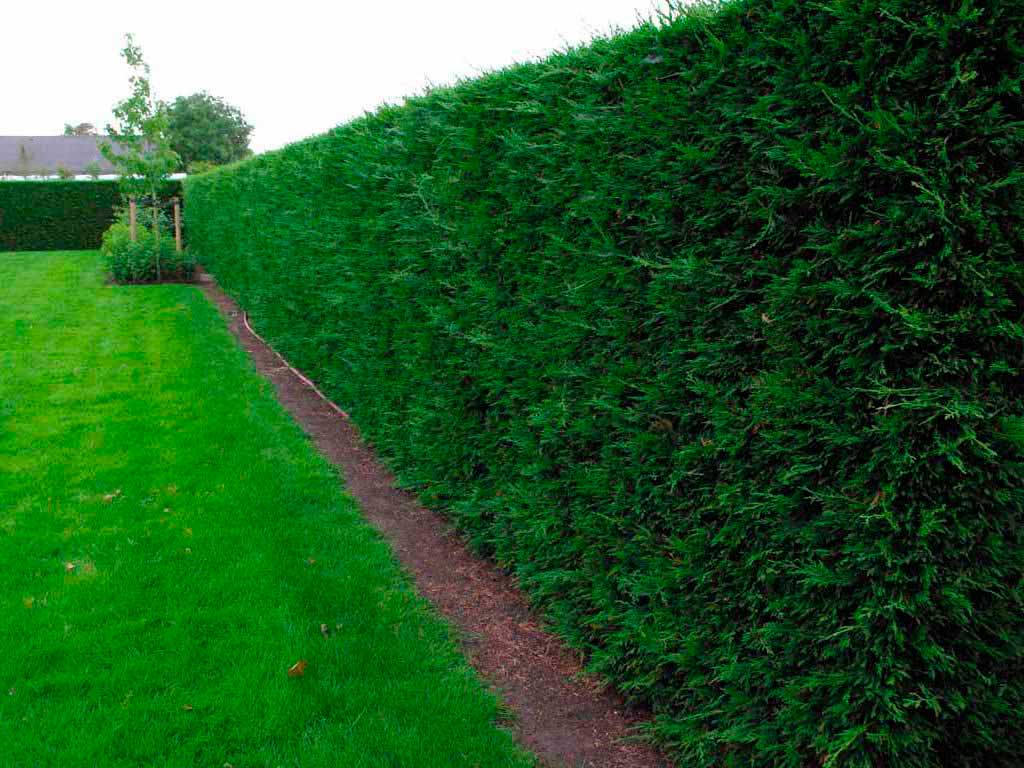
Also thuja needs sufficient sprinkling - irrigation of the crown. Irrigate thuja can be 1-2 times a day.
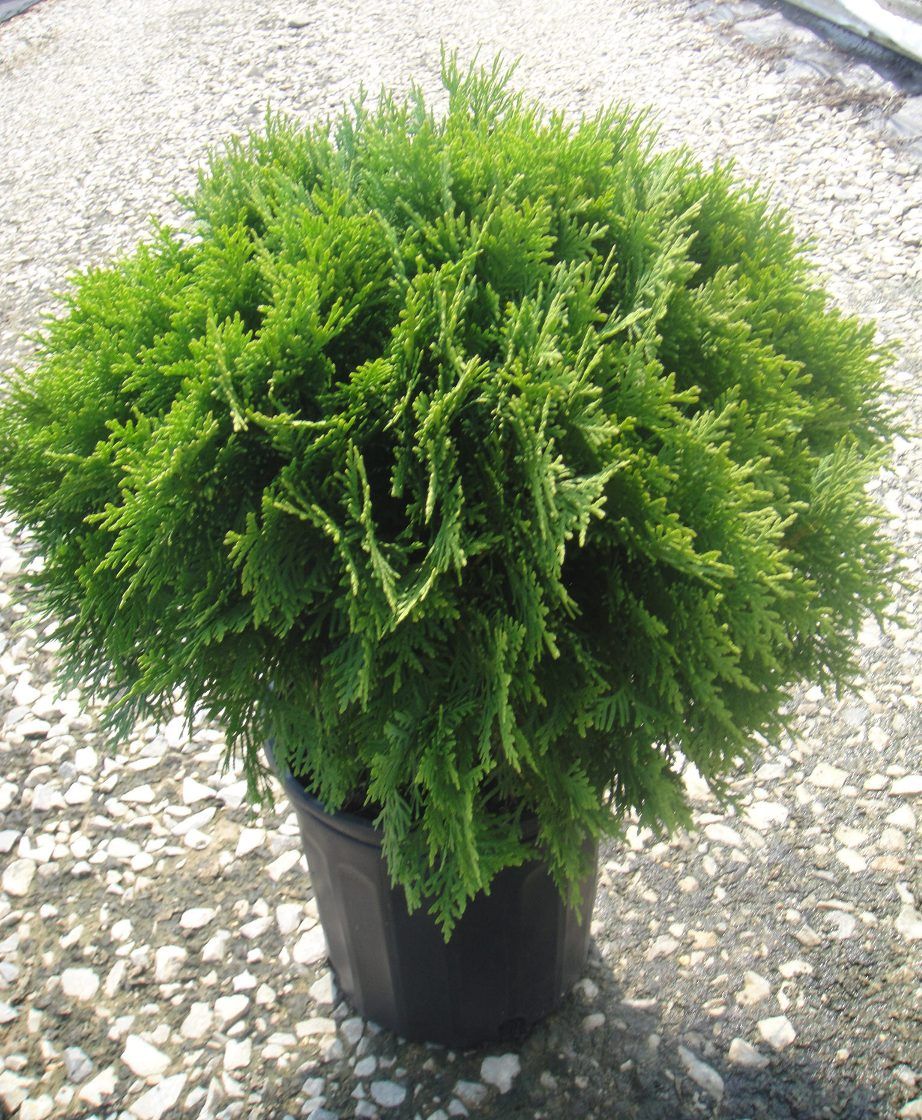
Top dressing
To achieve rapid growth and improve the decorative qualities of thuja, it is possible with the help of timely fertilizer. Feeding is recommended 1-2 times per season.
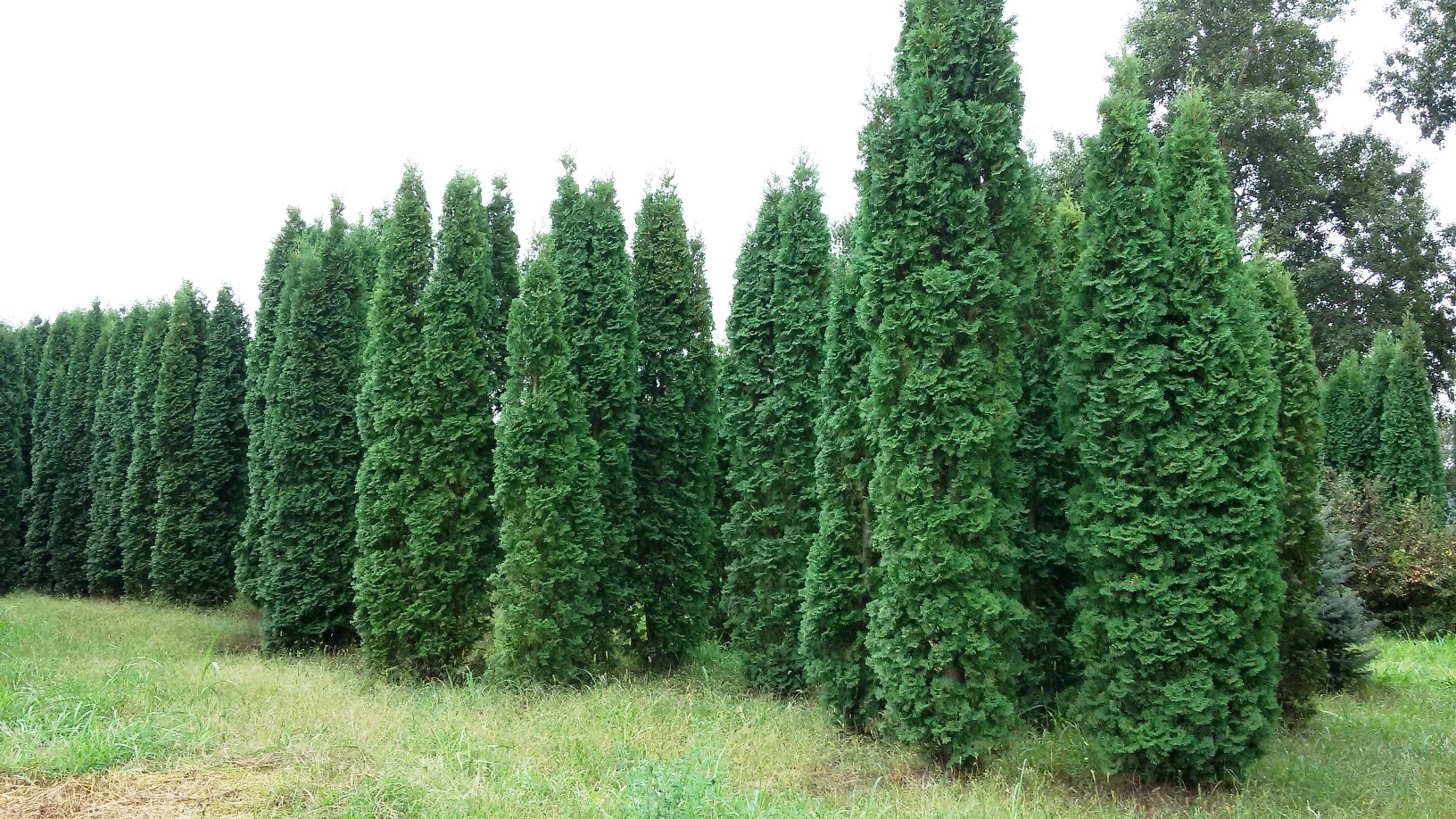
For sufficient preservation of moisture, protection from weeds and improvement of fertility, the trunk circle is mulched with compost or sawdust.
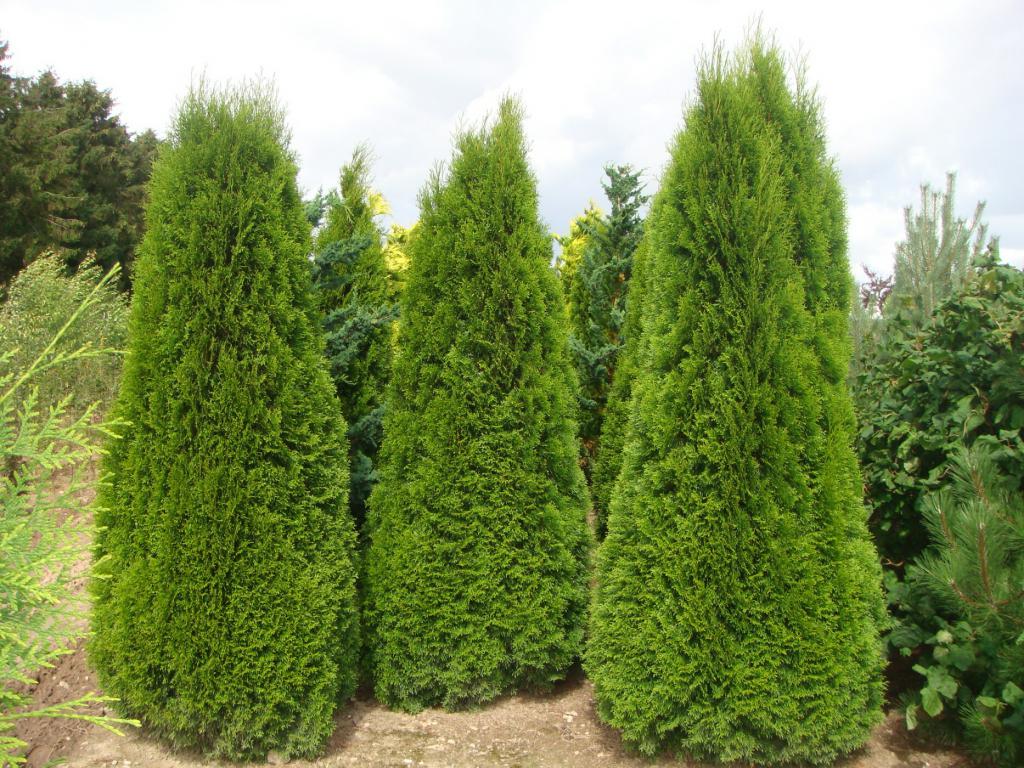
Haircut and Trim
As a rule, they don’t cut their hair for the first two years. This allows her to develop a strong root system, and the plant grower to determine the condition and needs of the plant.
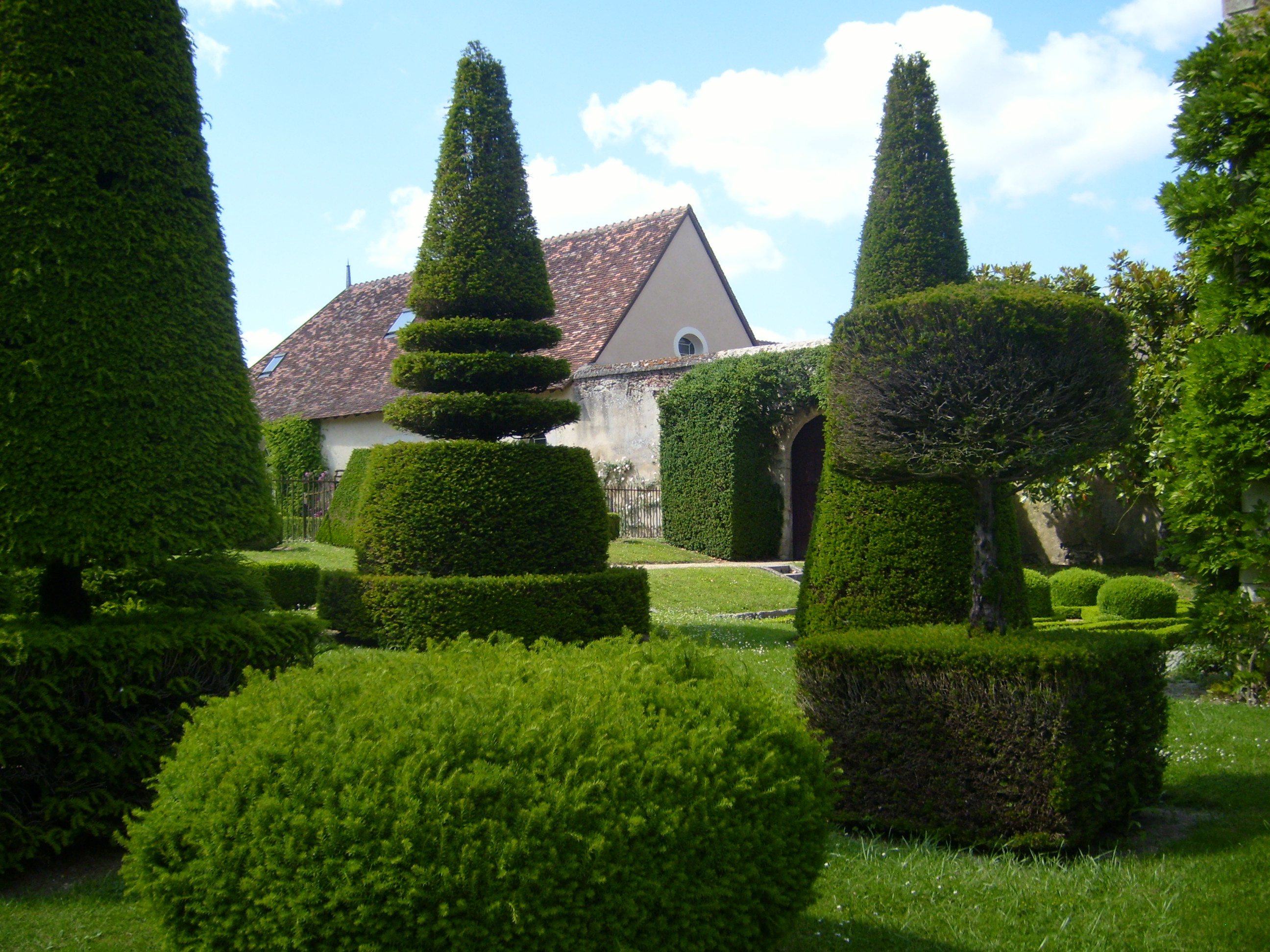
When trimming a thuja, you must adhere to the rules:
2. Trimming is done in dry weather.
3. Before cutting, remove the dry parts and, if necessary, thin out the bush.
5. For the growth of the bush in width, the upper part of the plant is cut.
Preparing thuya for winter
Young saplings in the first years of growth require additional shelter. For warming of a thuja nonwoven spunbond or a thick greenhouse film is used. The roots are protected with fallen leaves, which are removed in the spring.
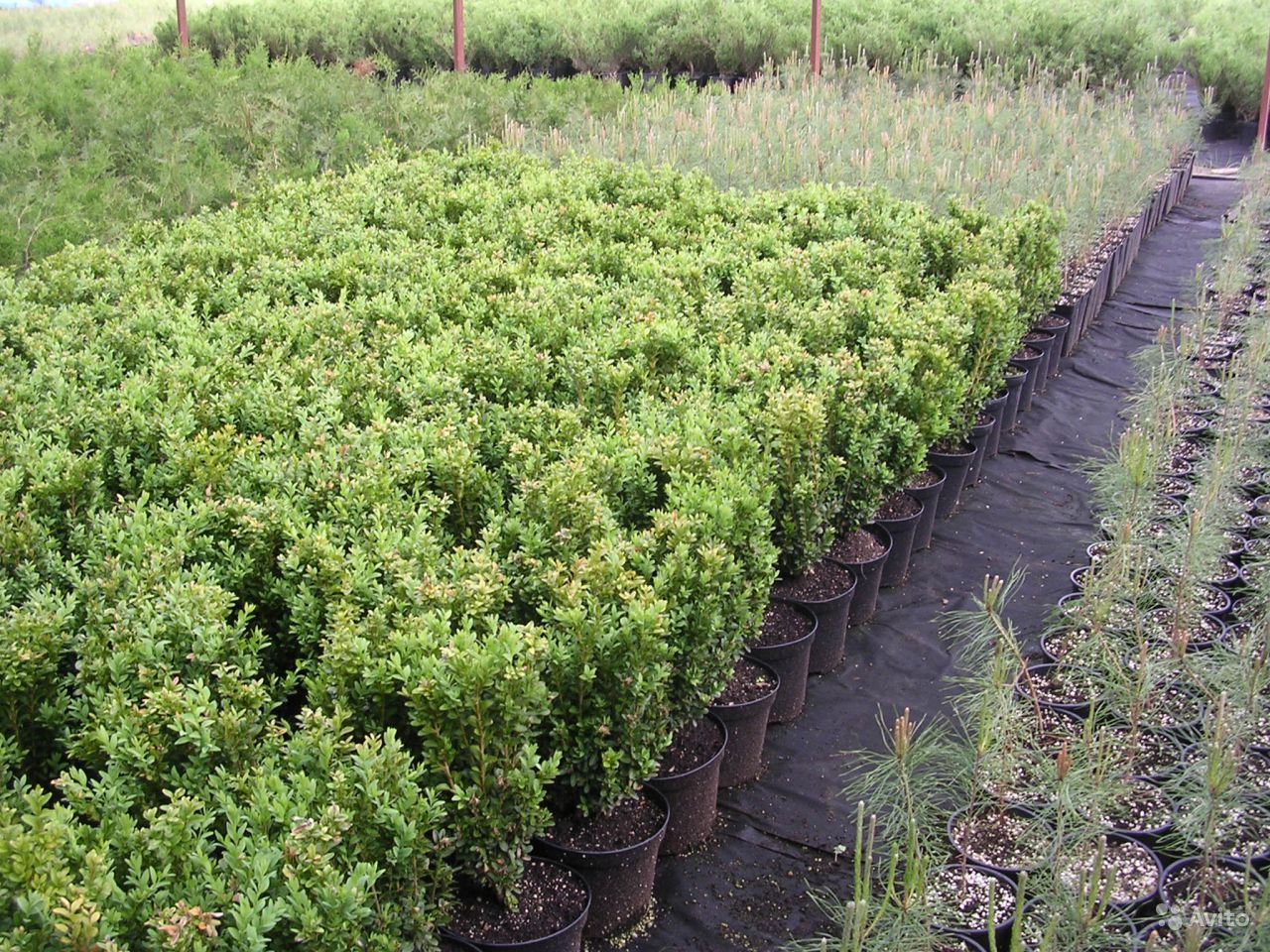
Adult bushes protect from snow and winds, the branches are pulled to the trunk. As accumulation of snow deposits are removed in order to avoid mold.
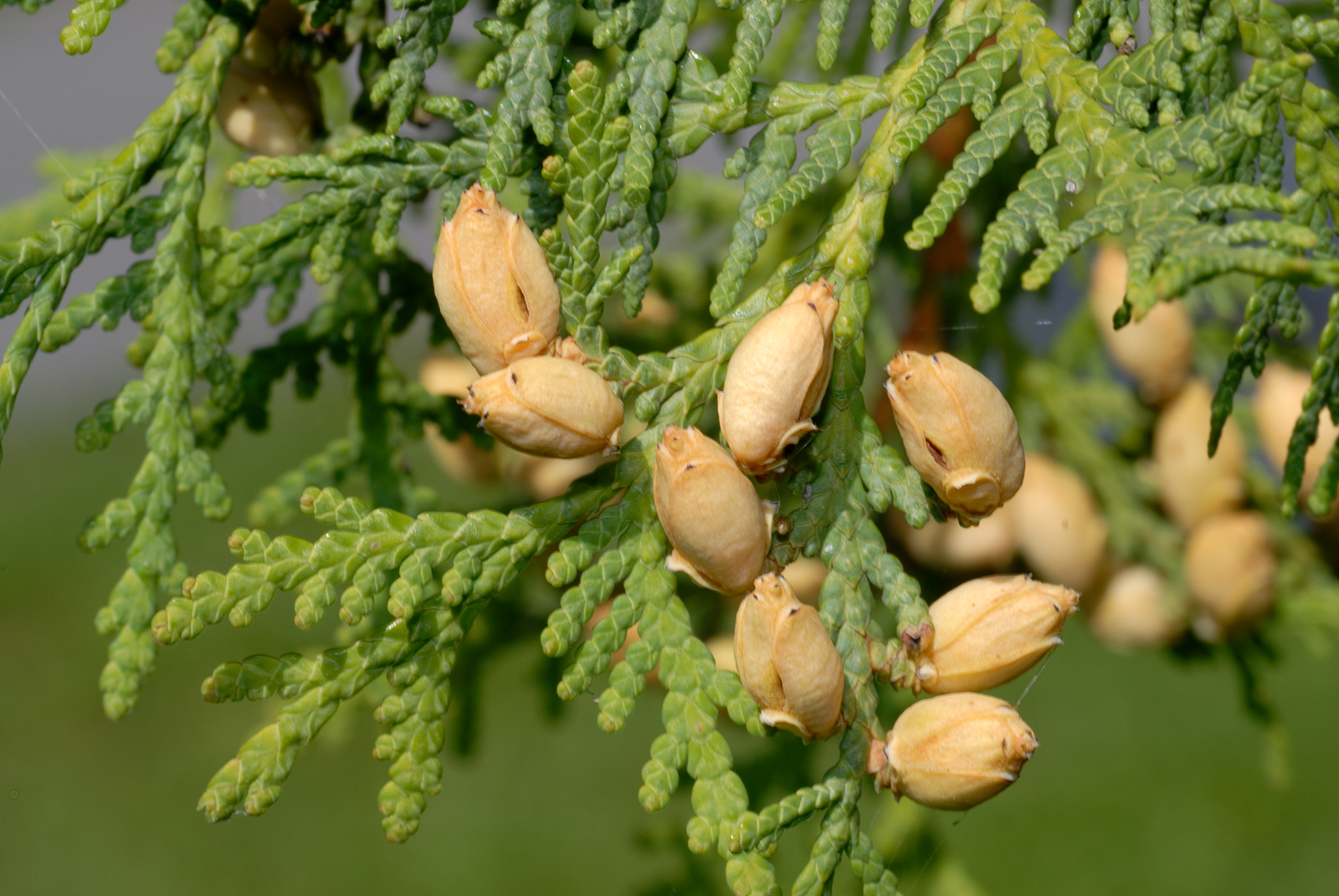
25 photos of proper care for thuja
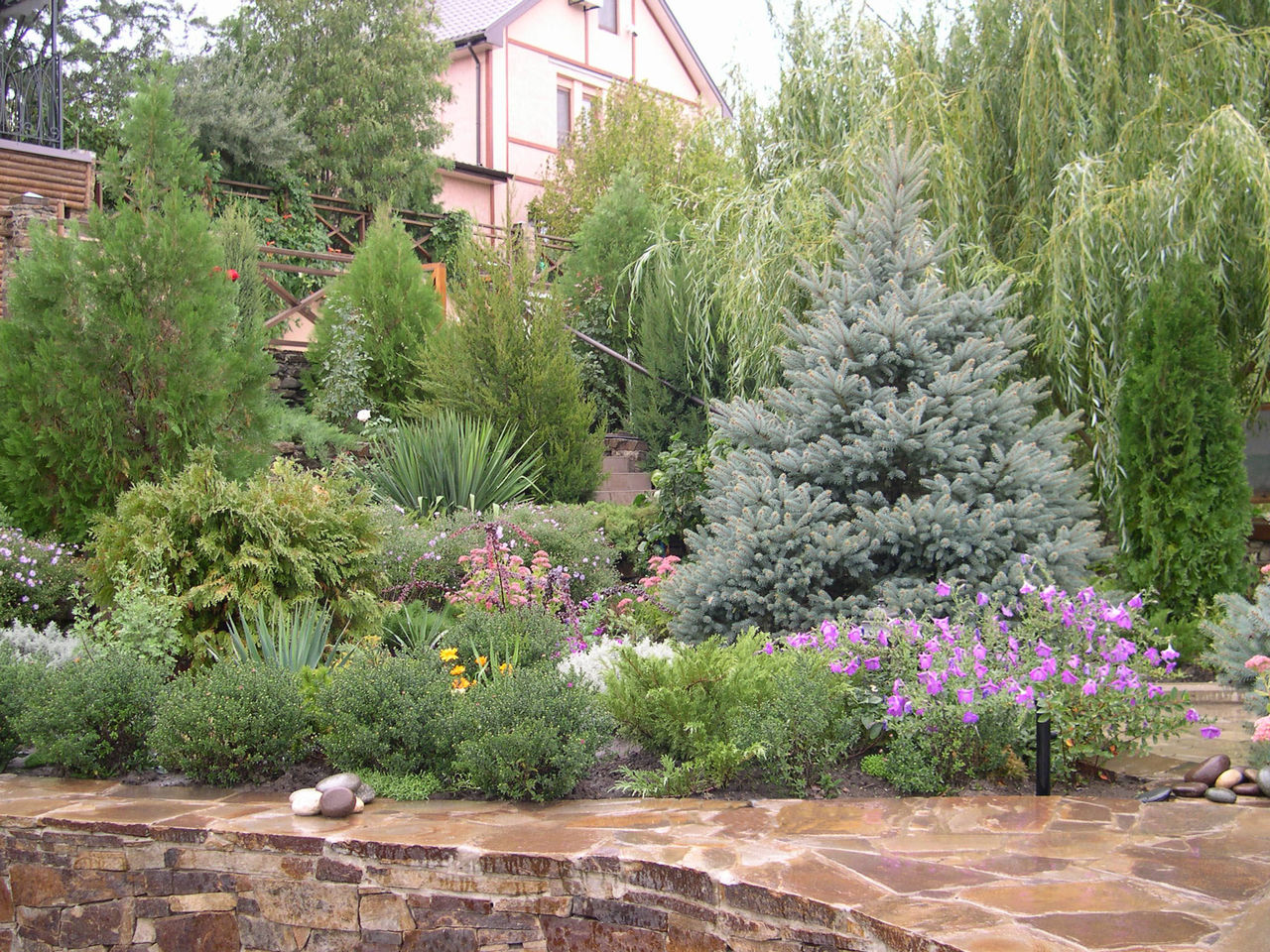
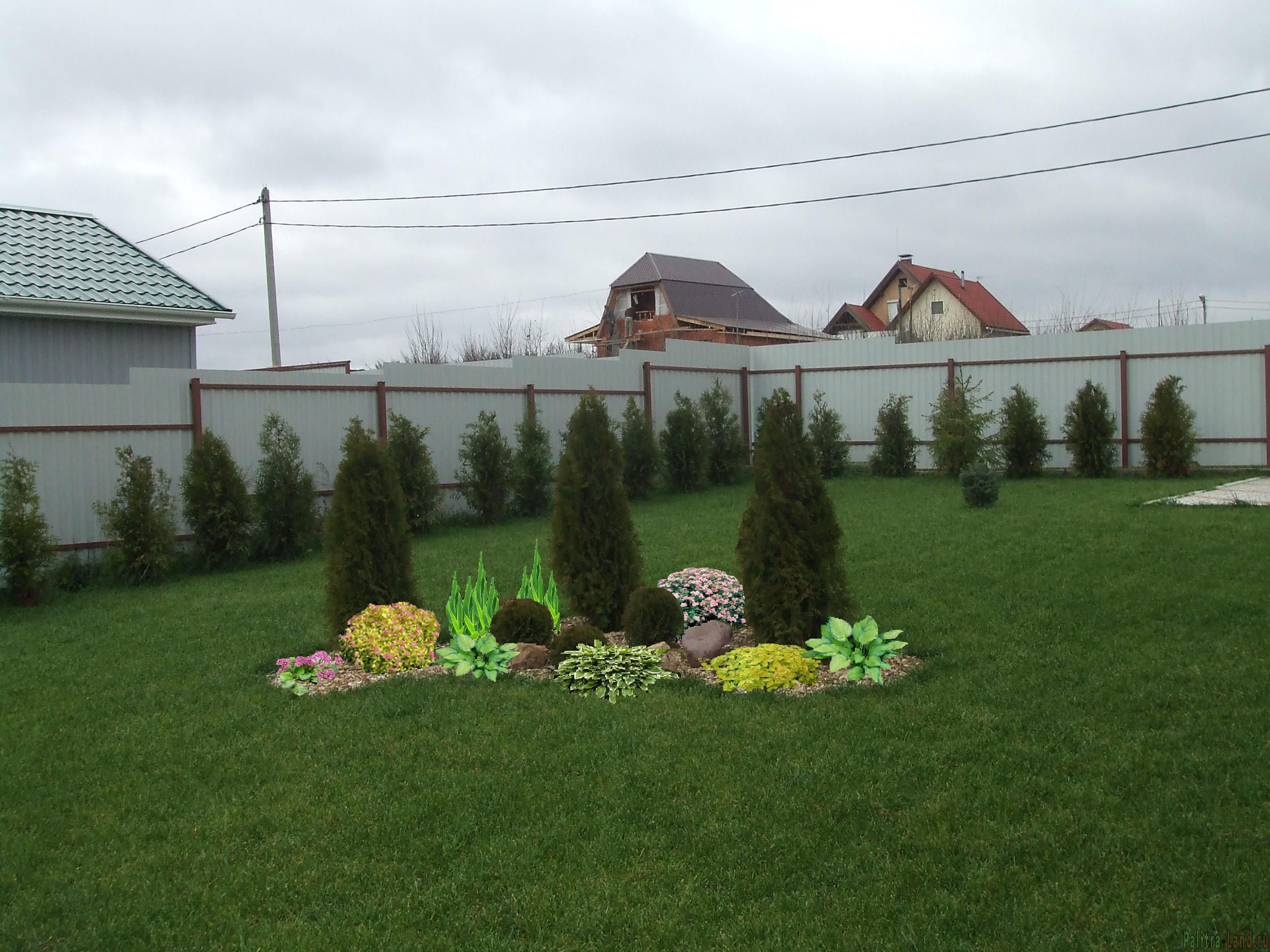
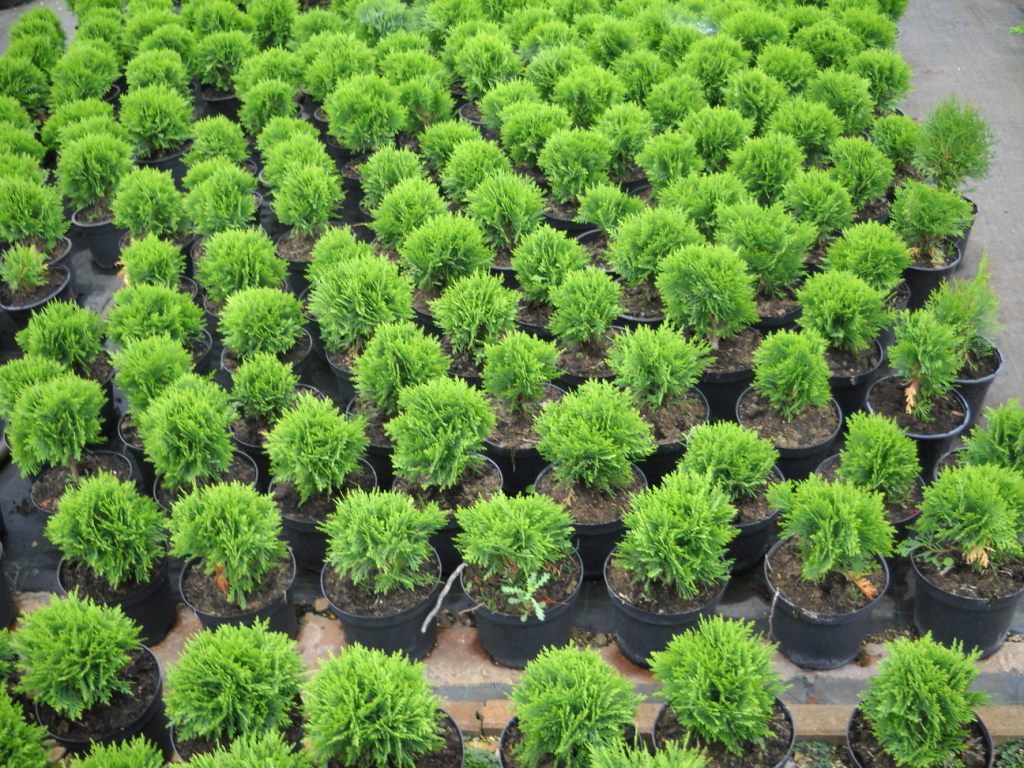
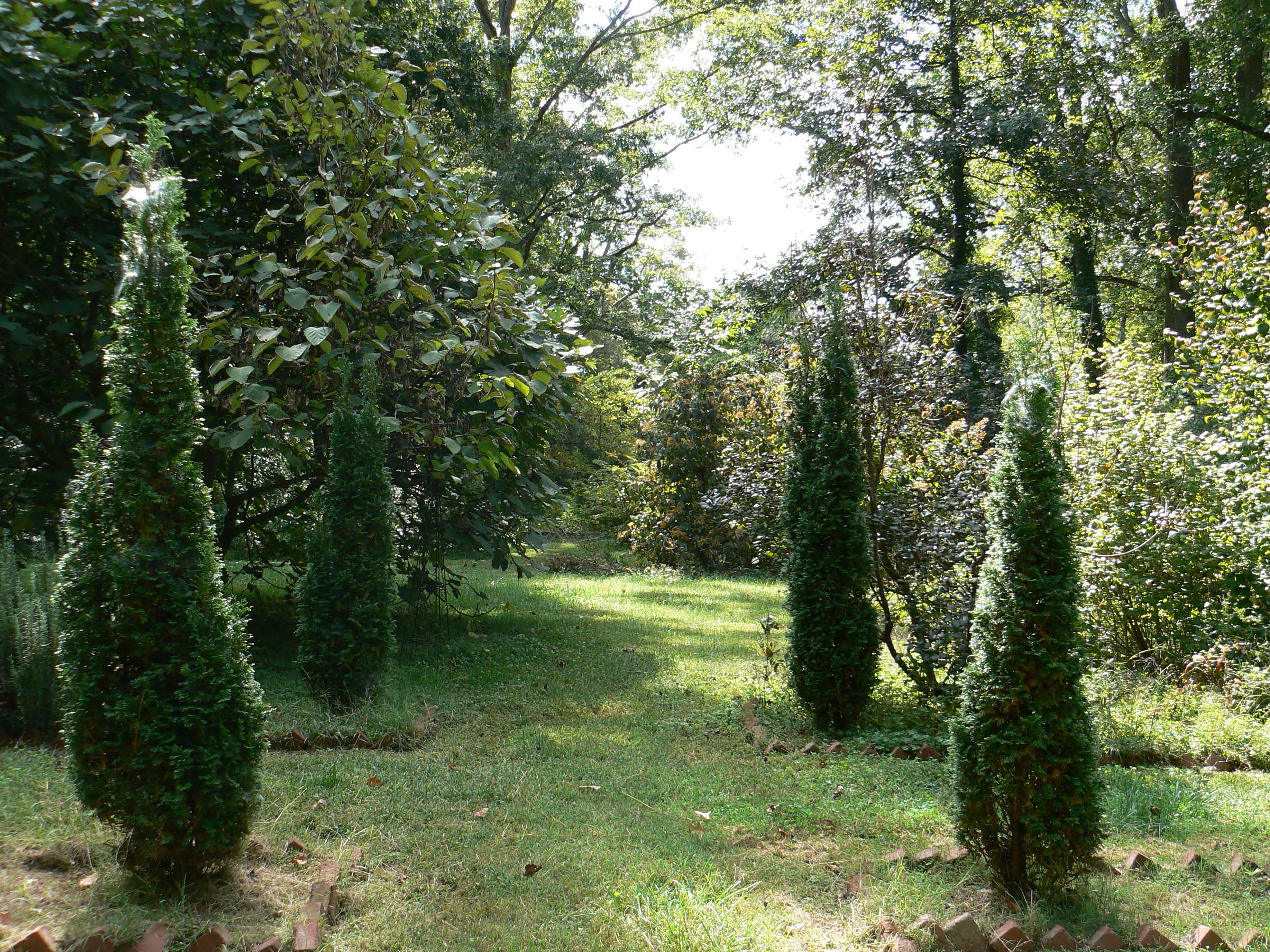
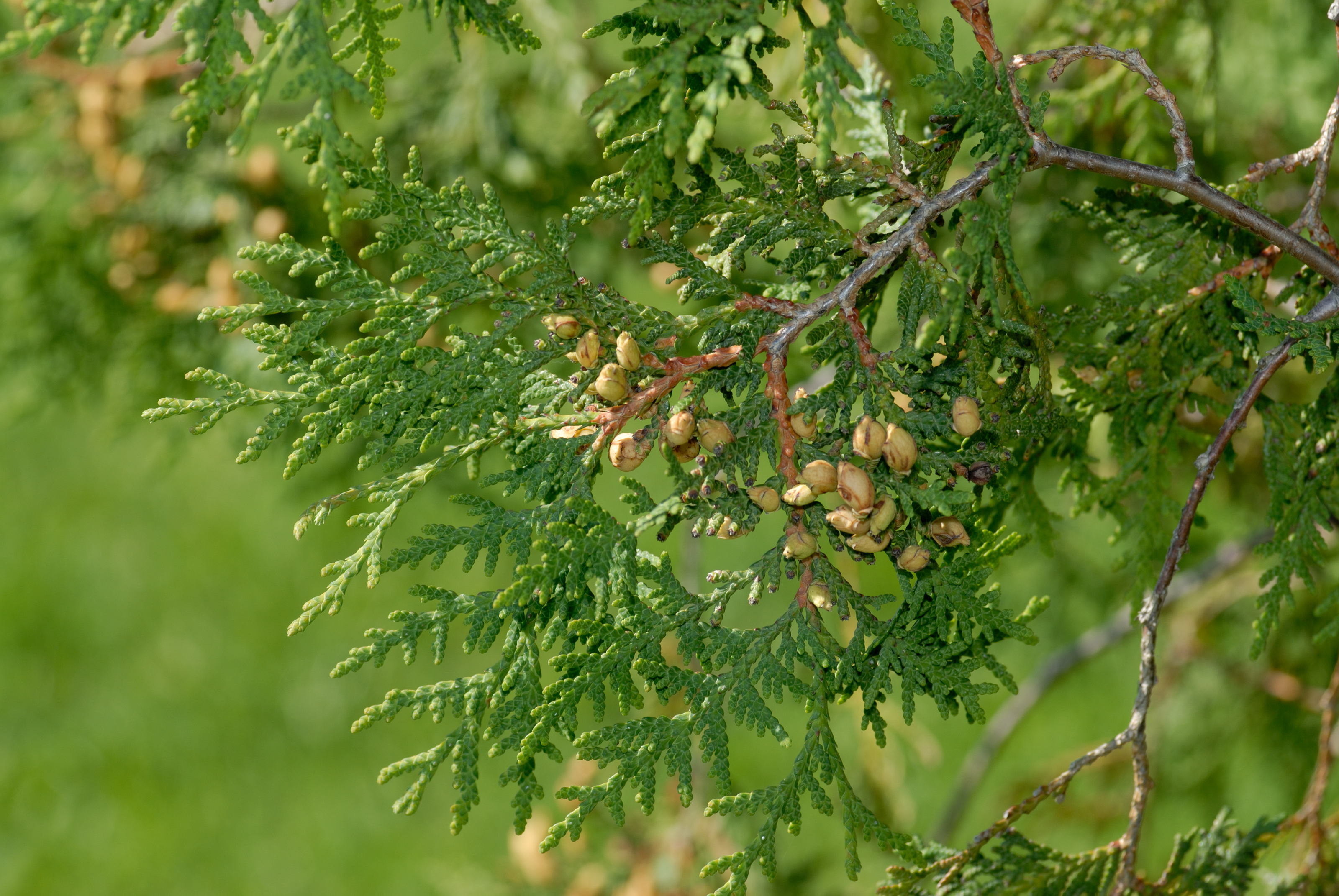
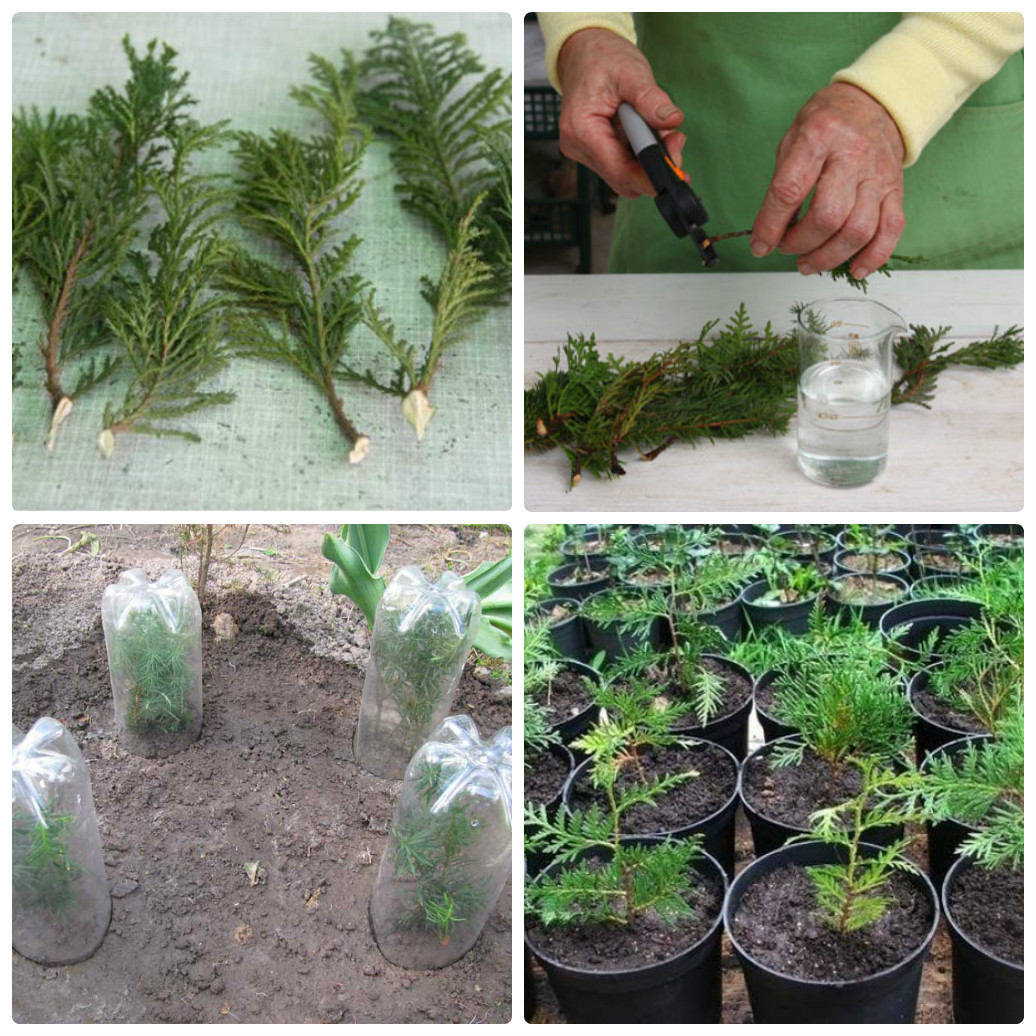
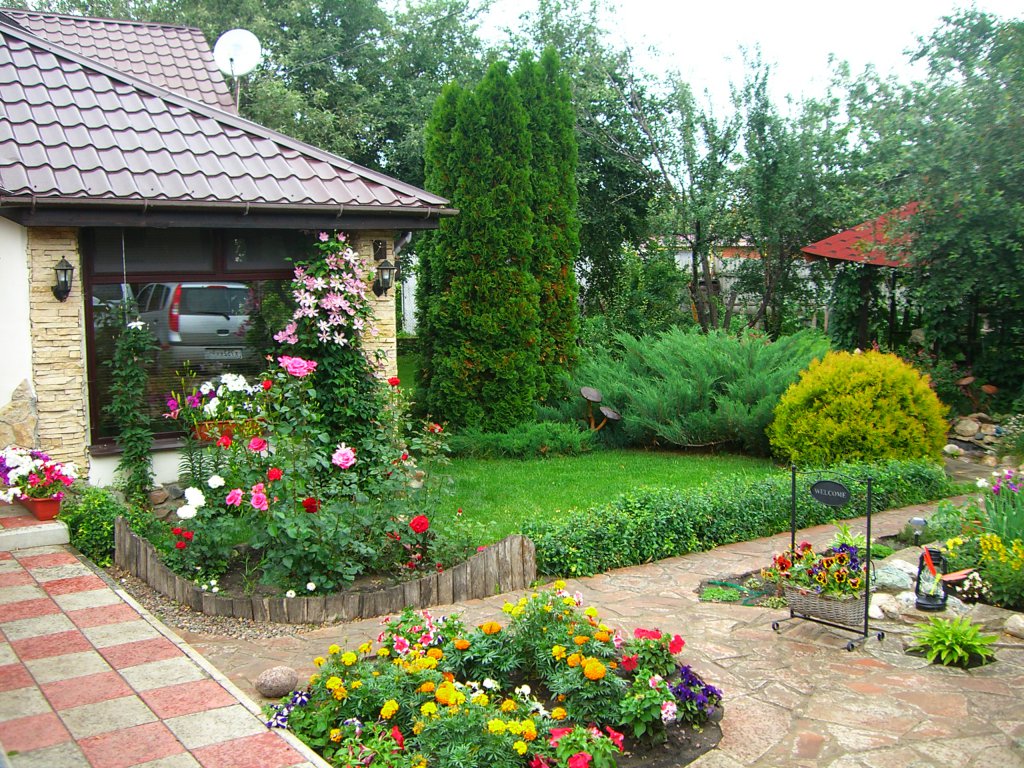
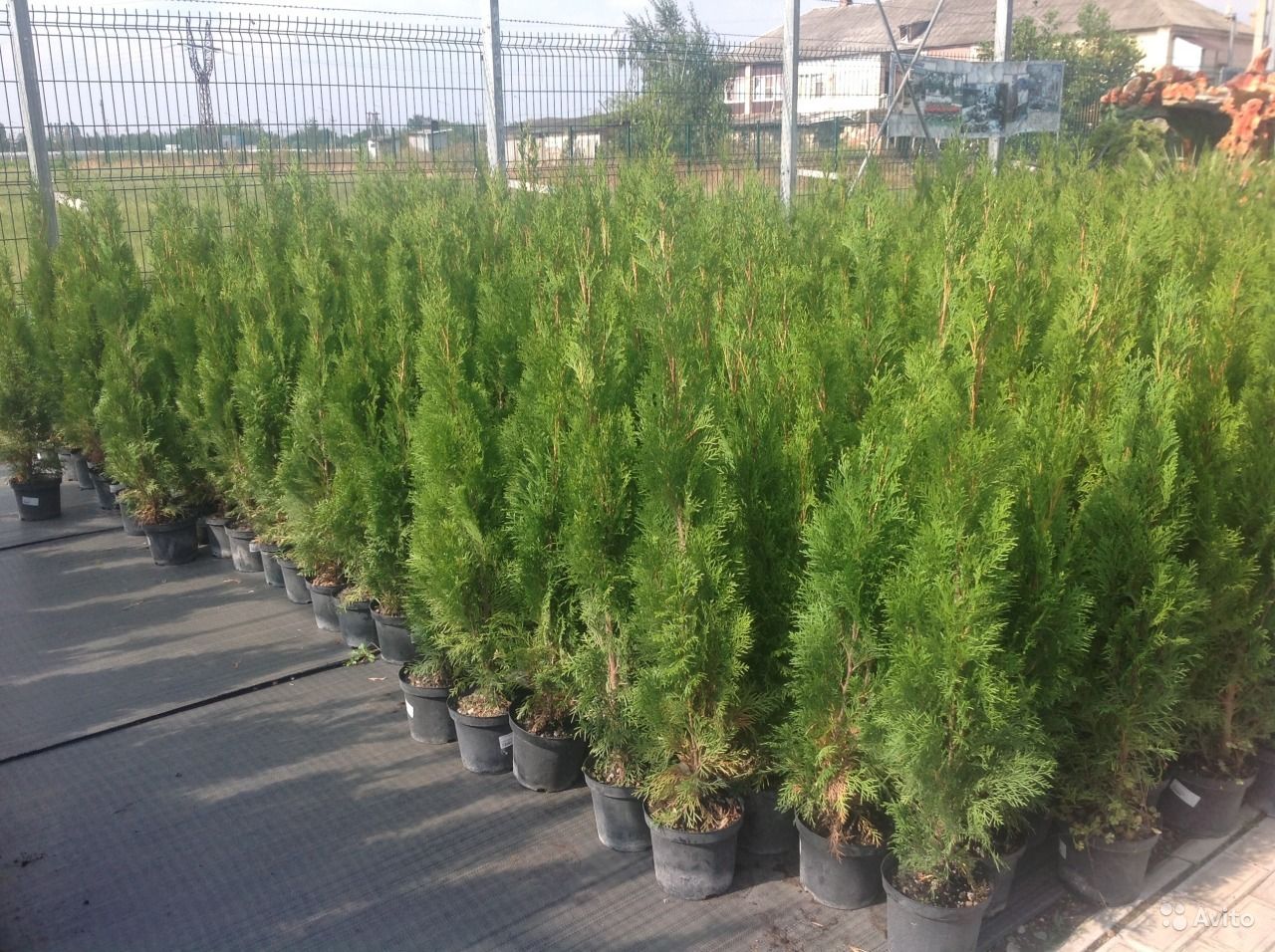
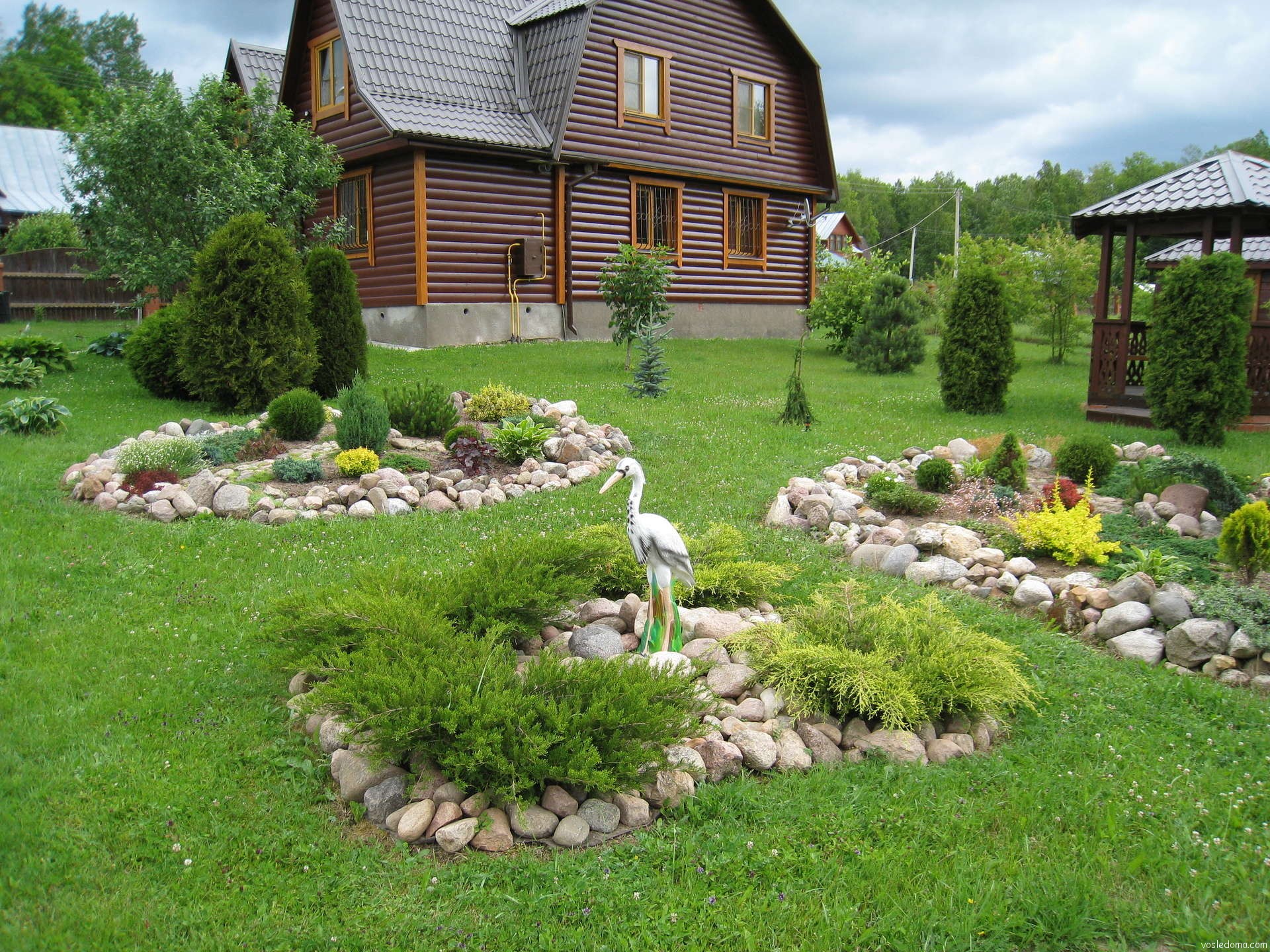
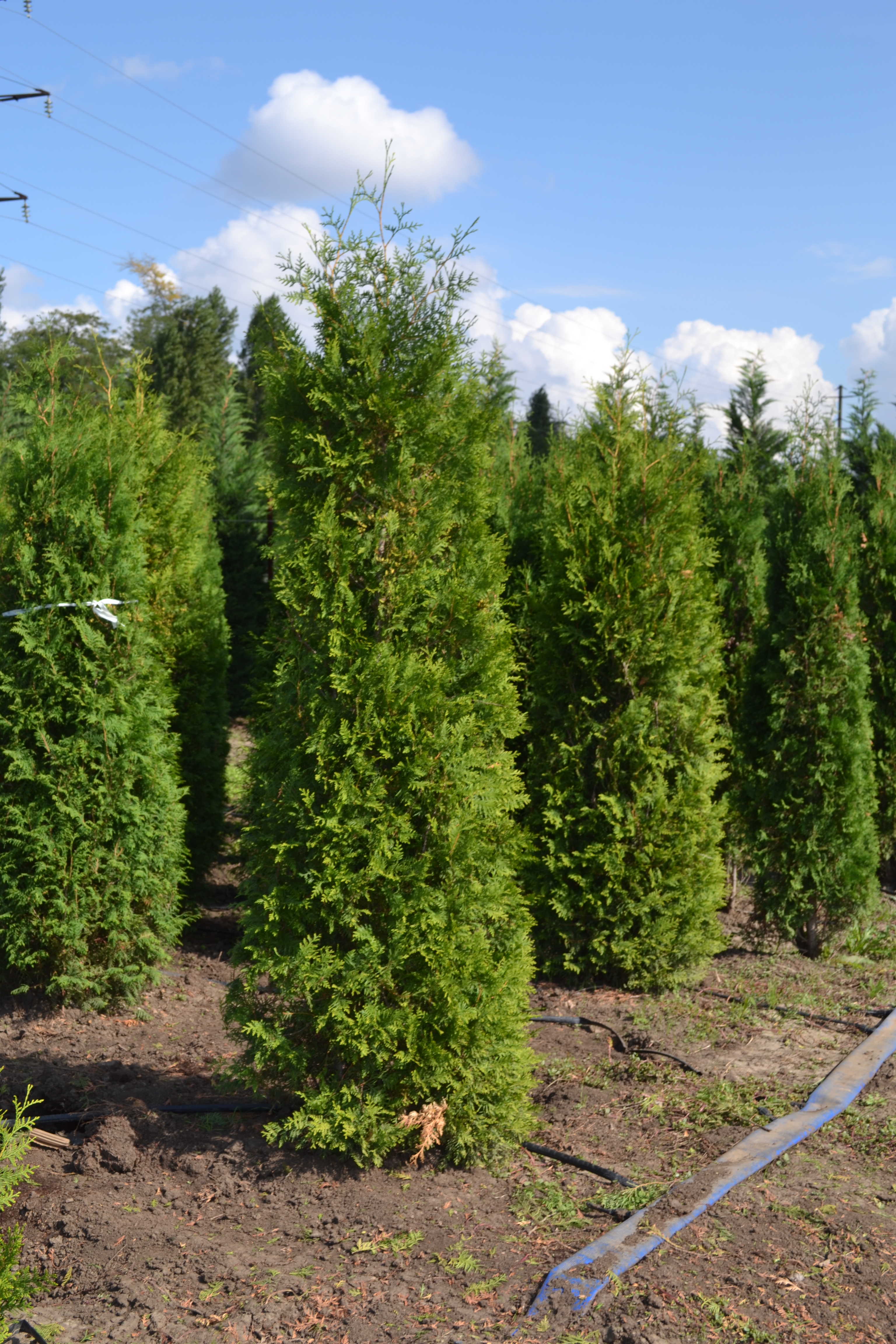
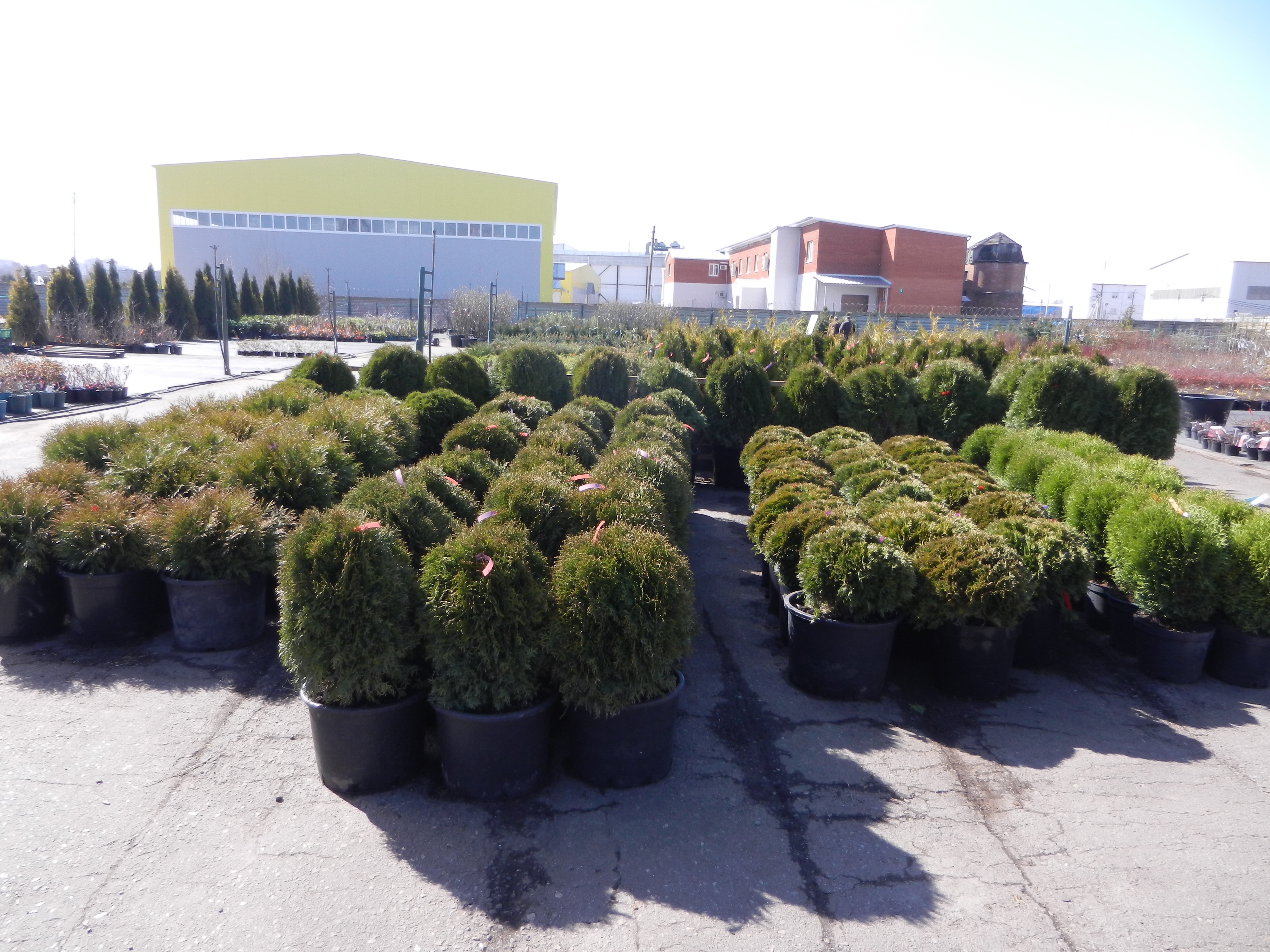
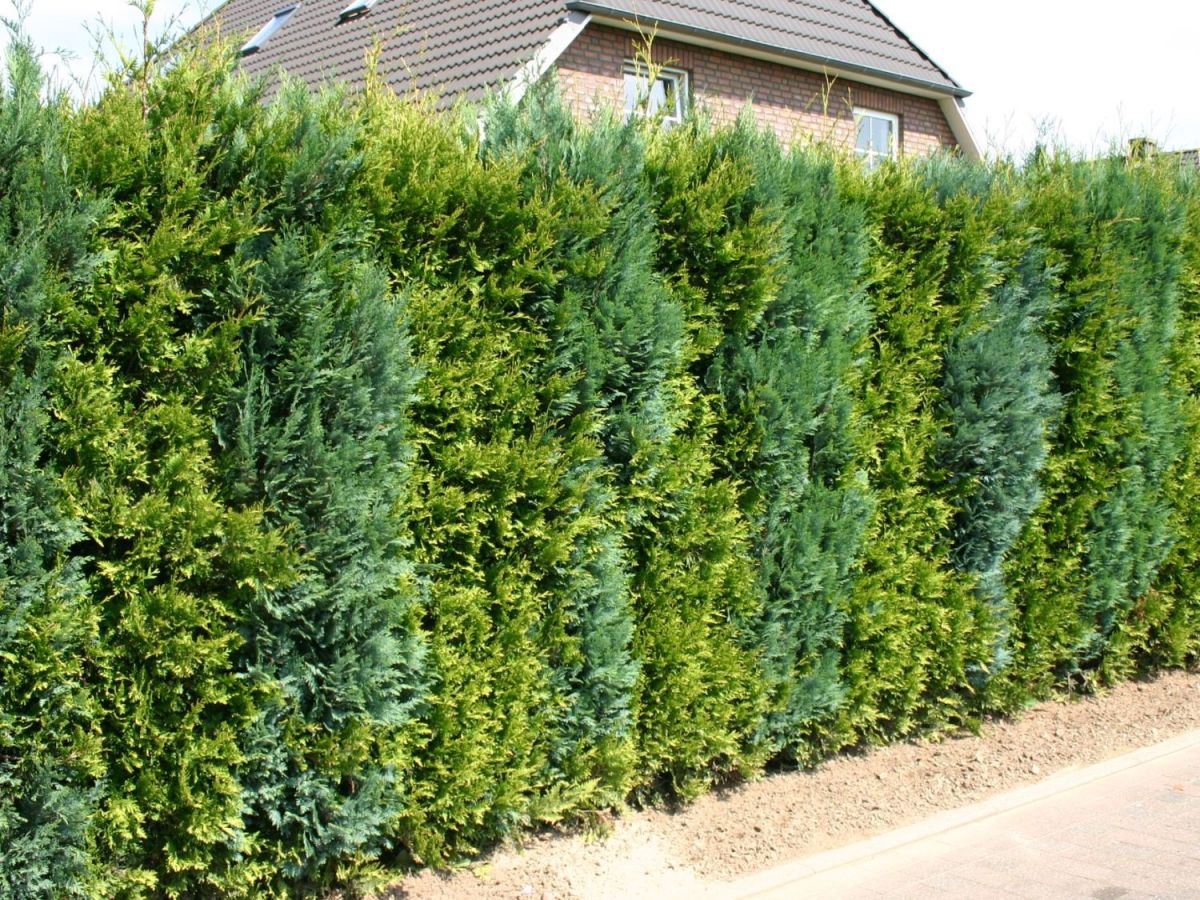
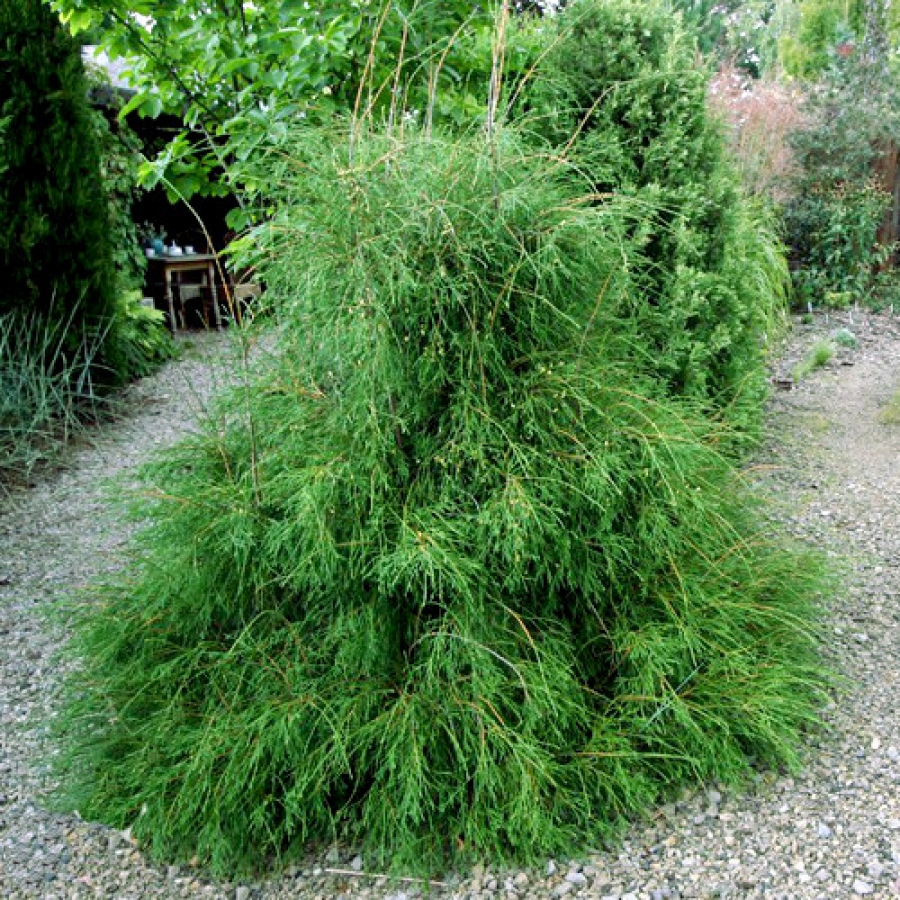
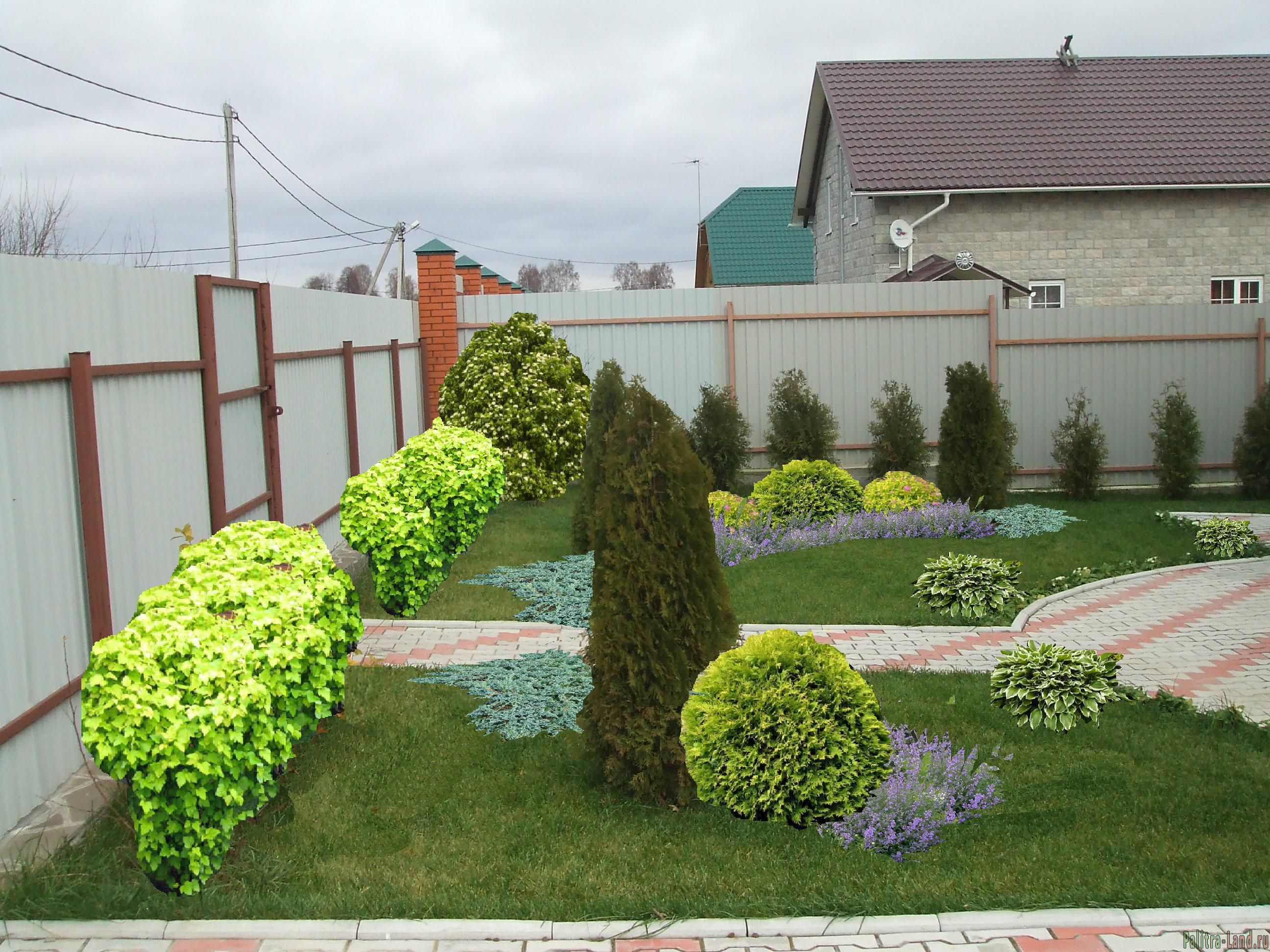
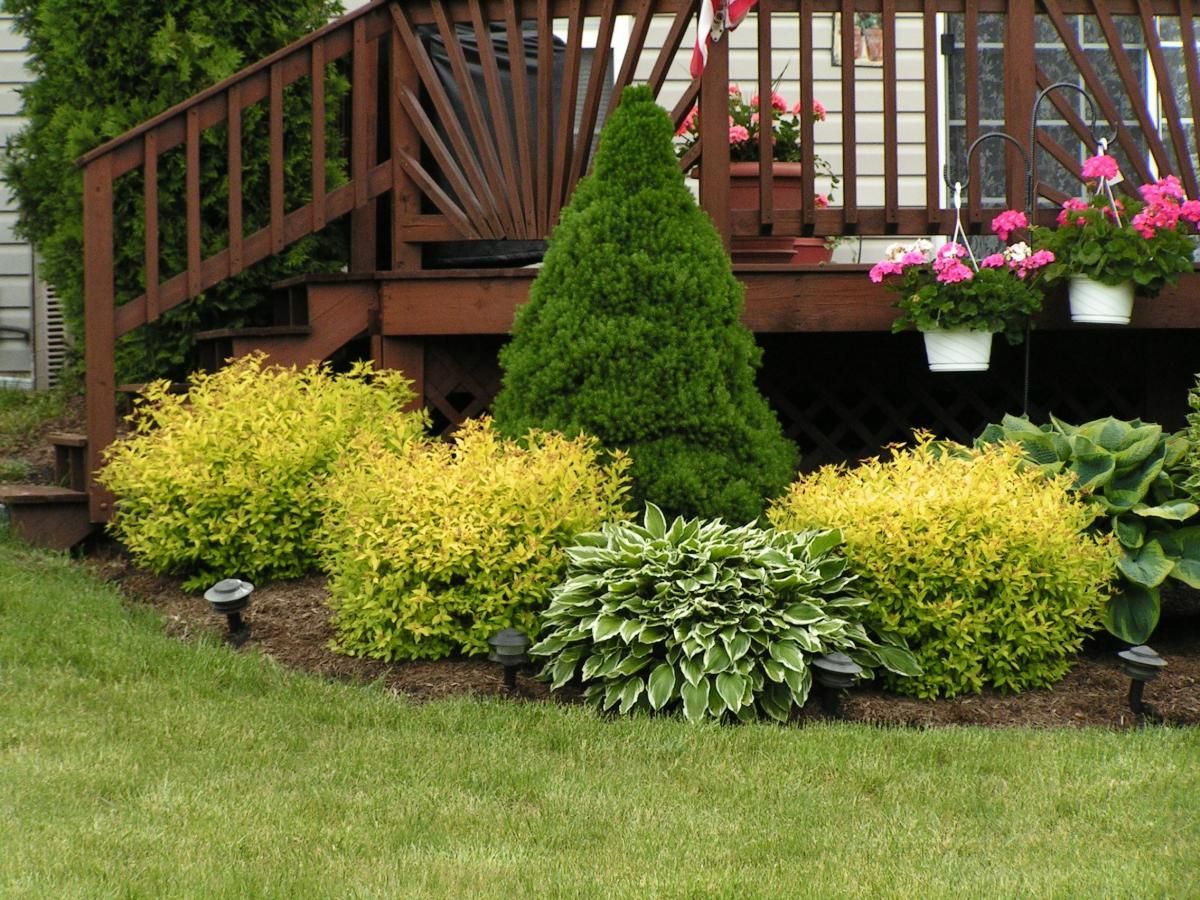
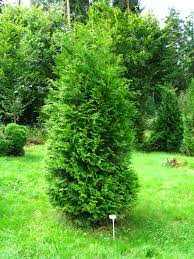
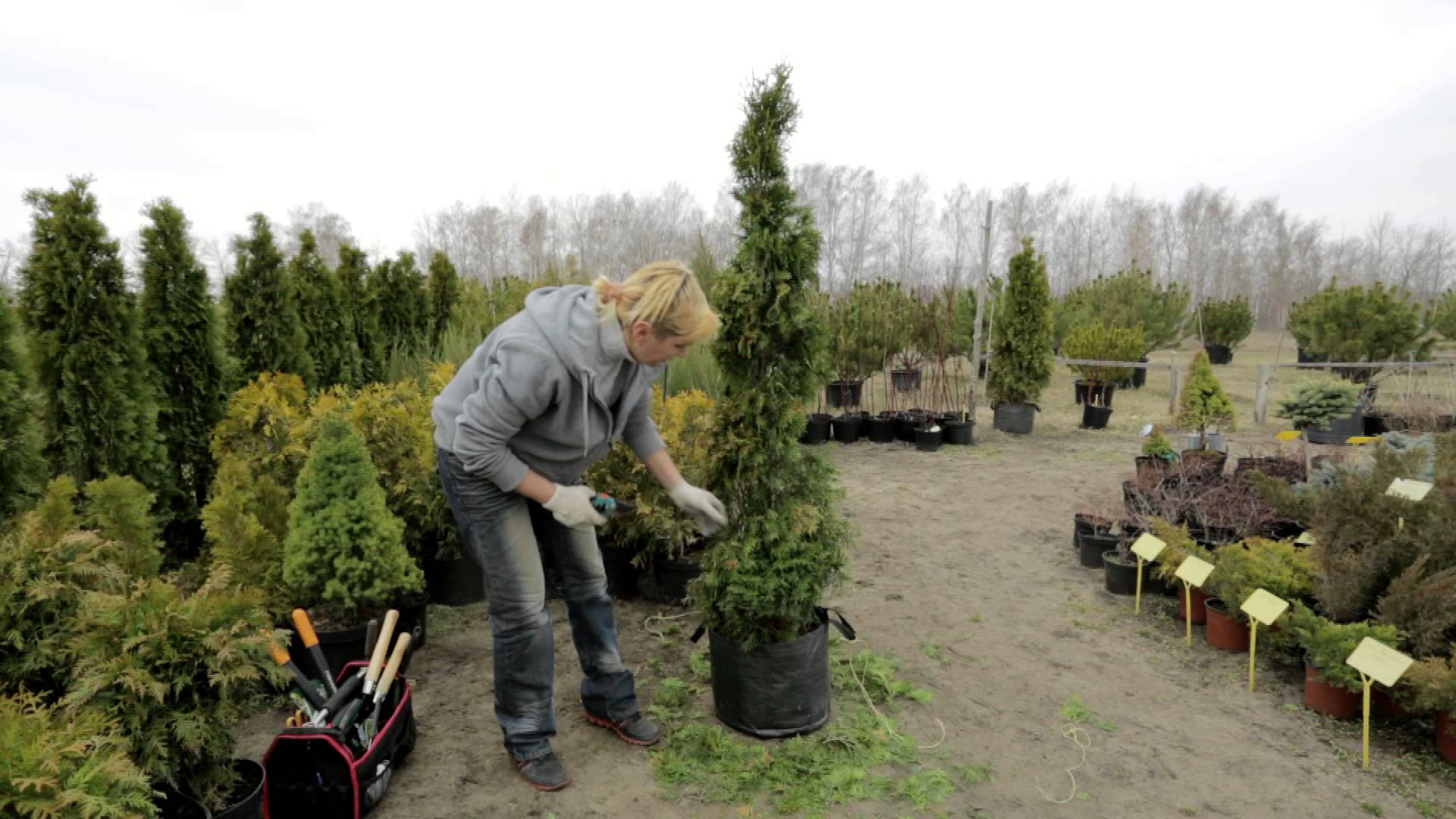
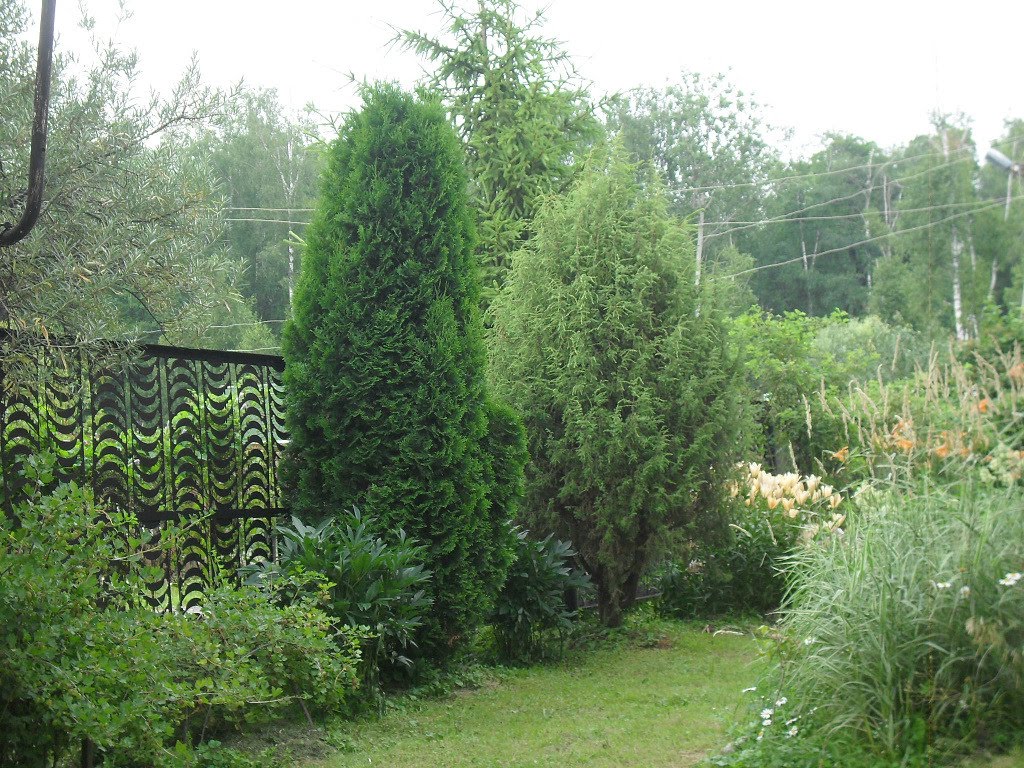
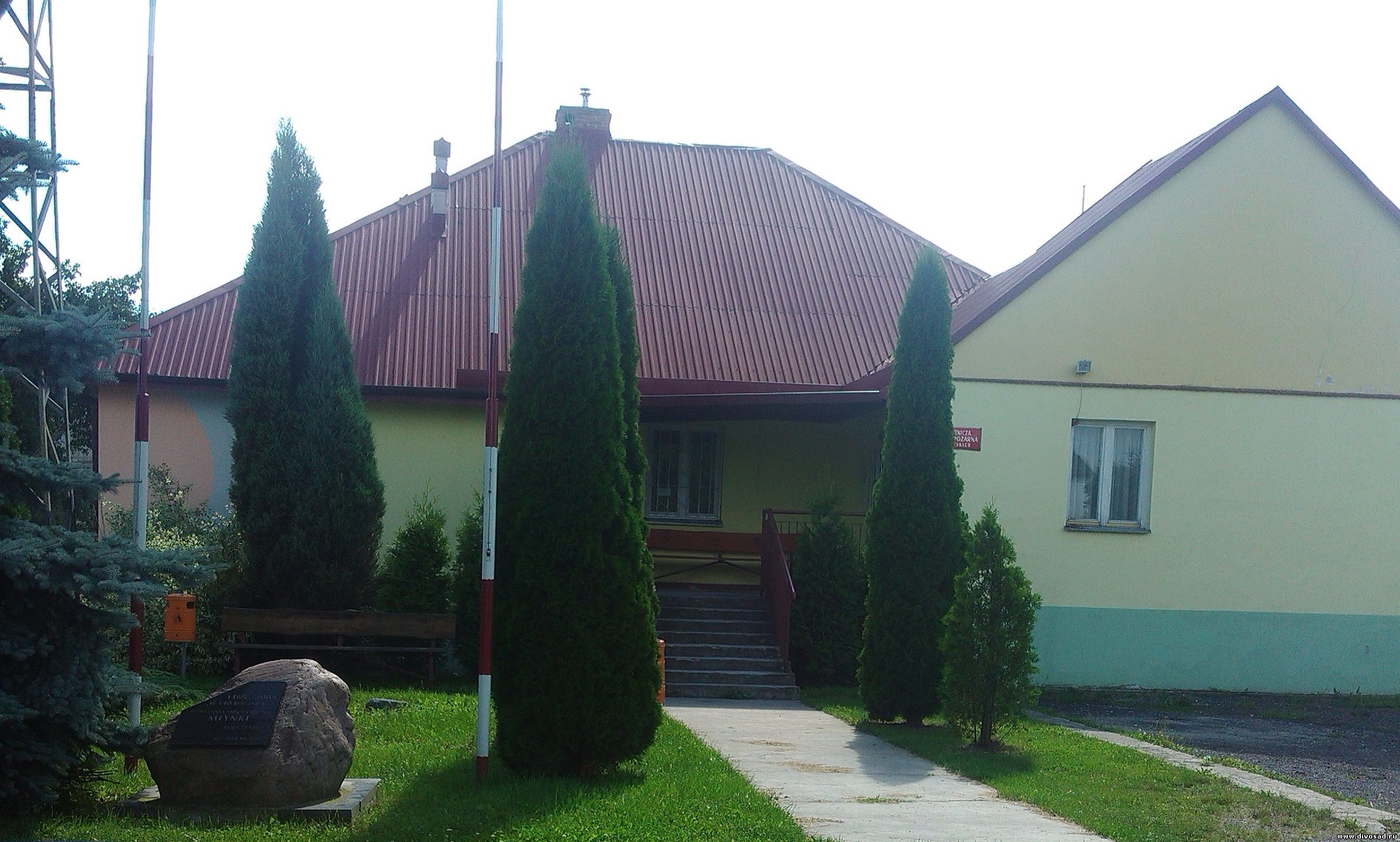
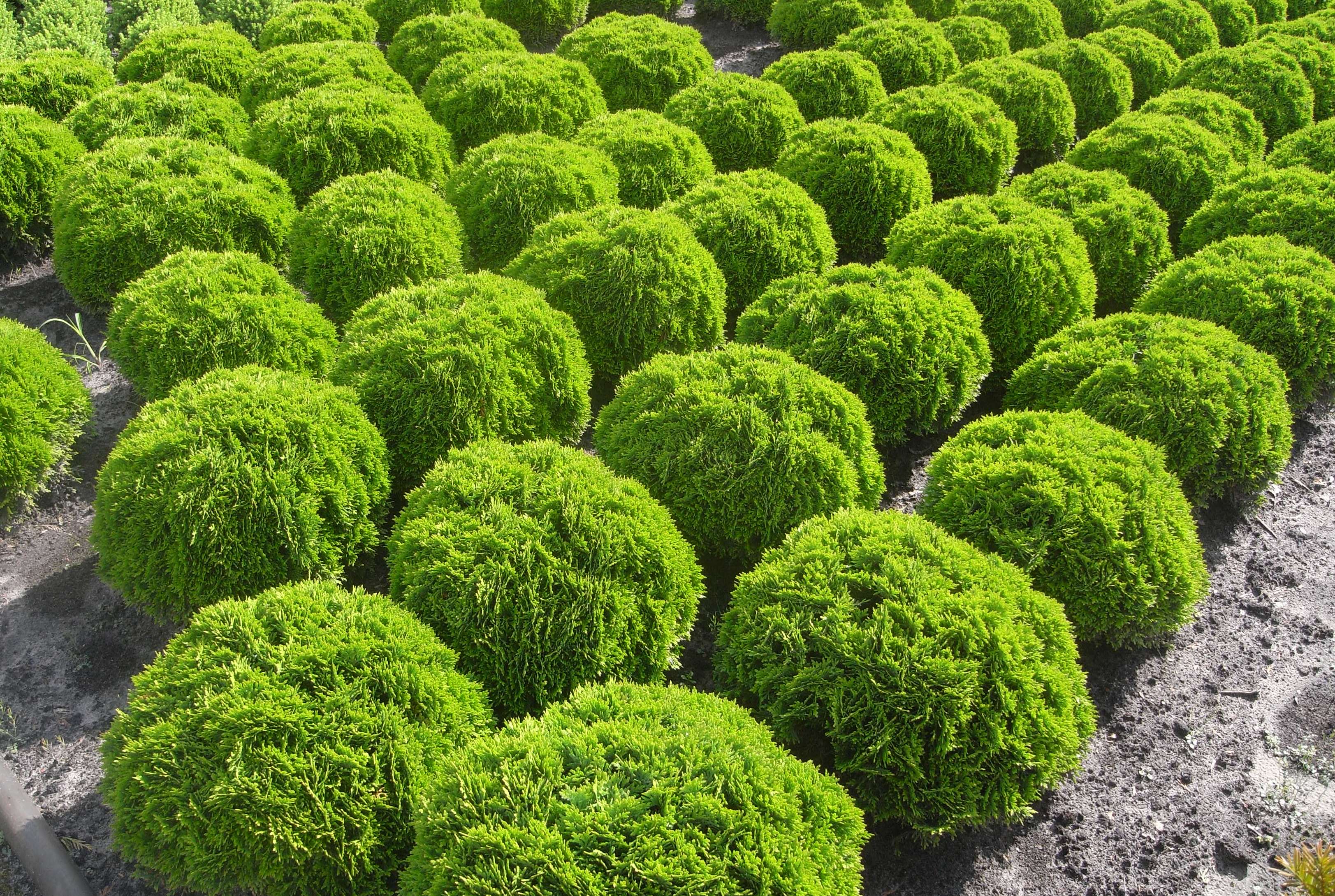
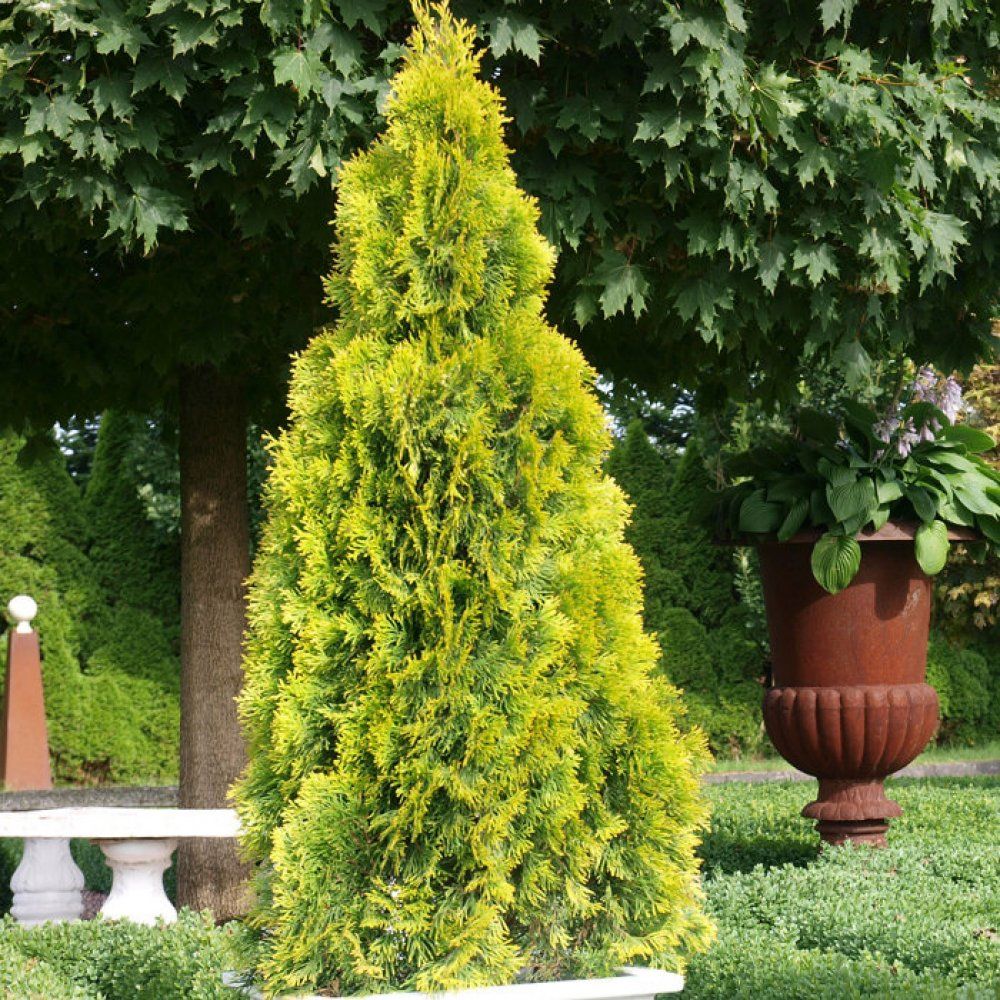
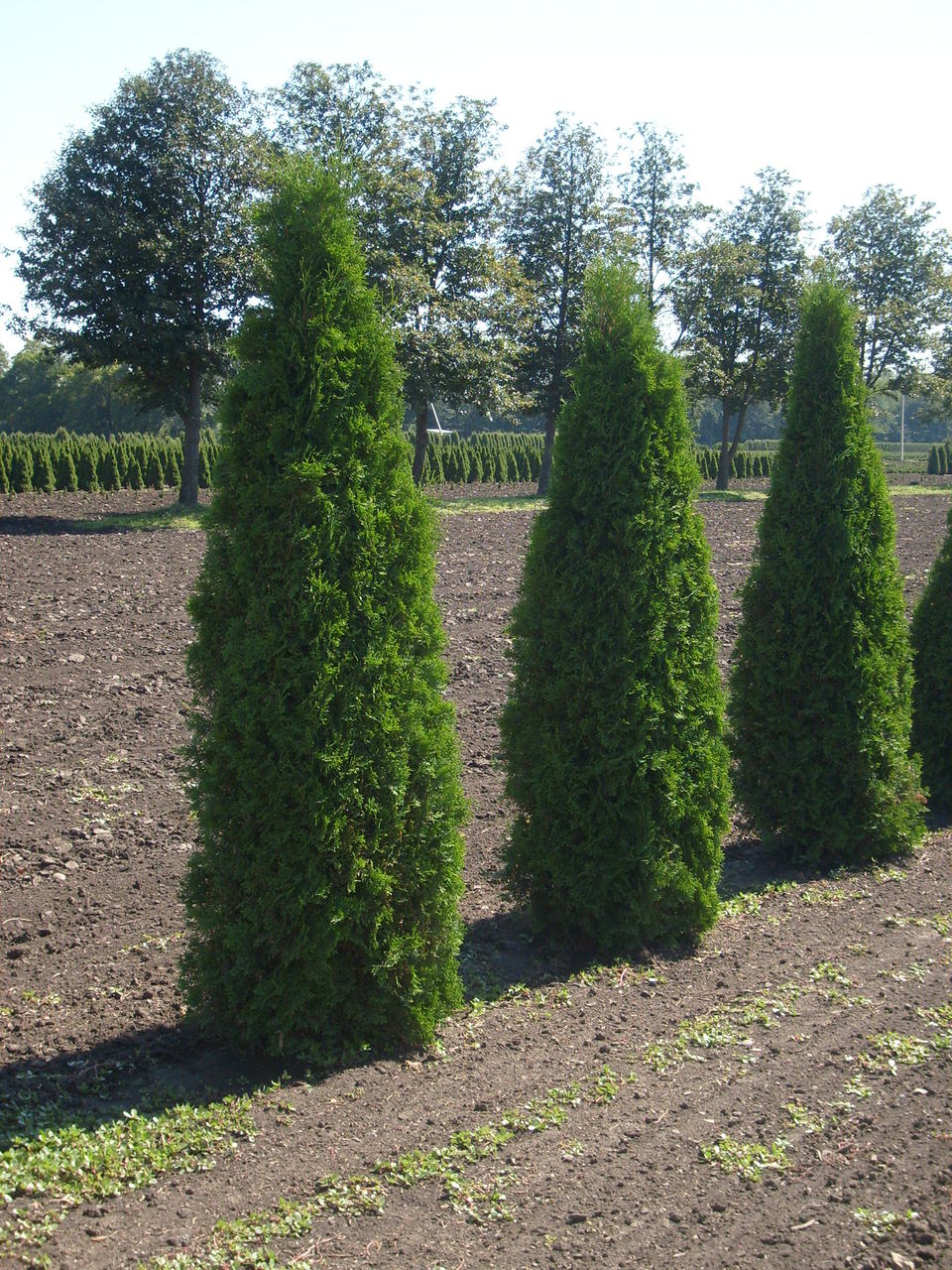
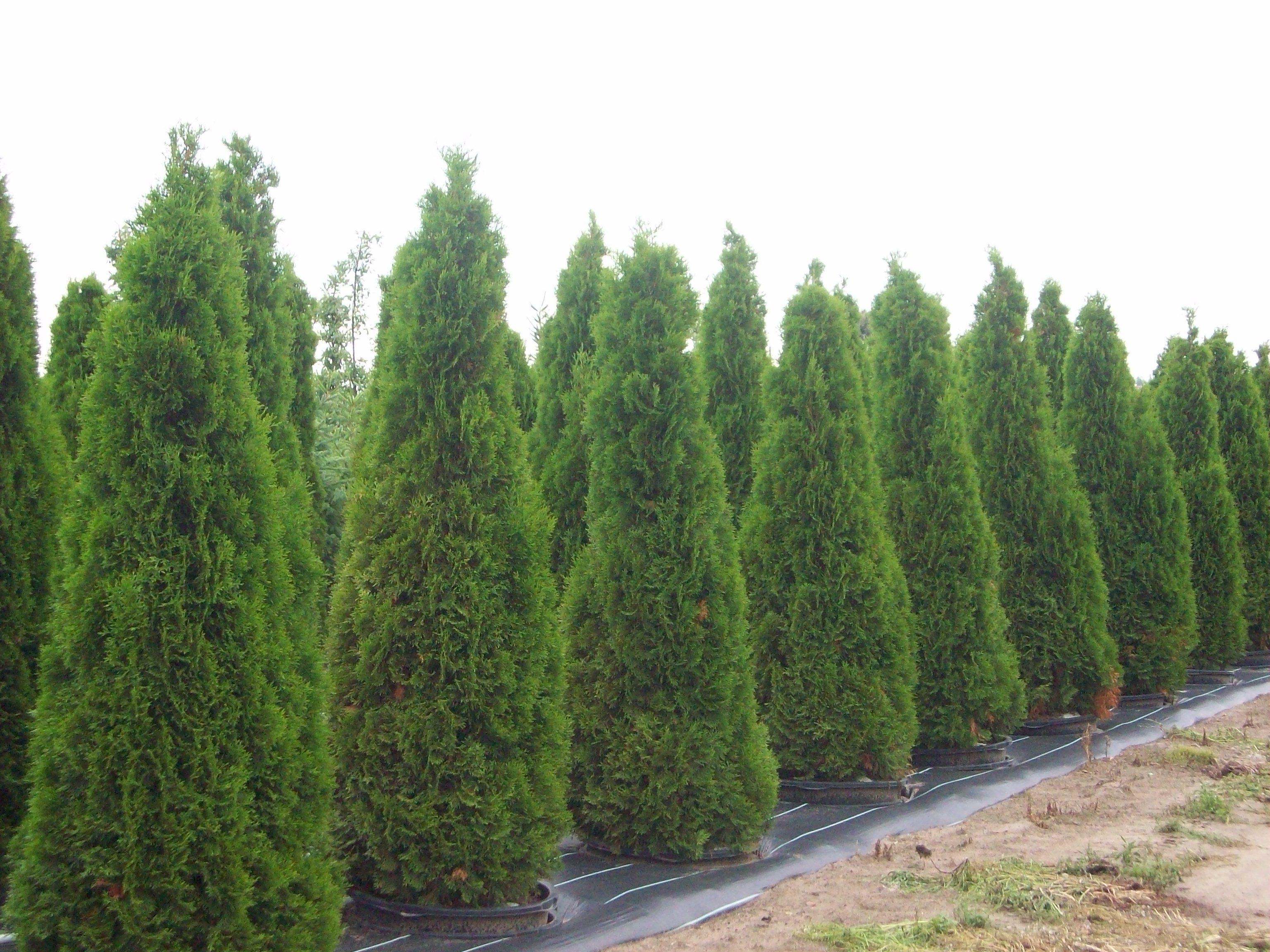
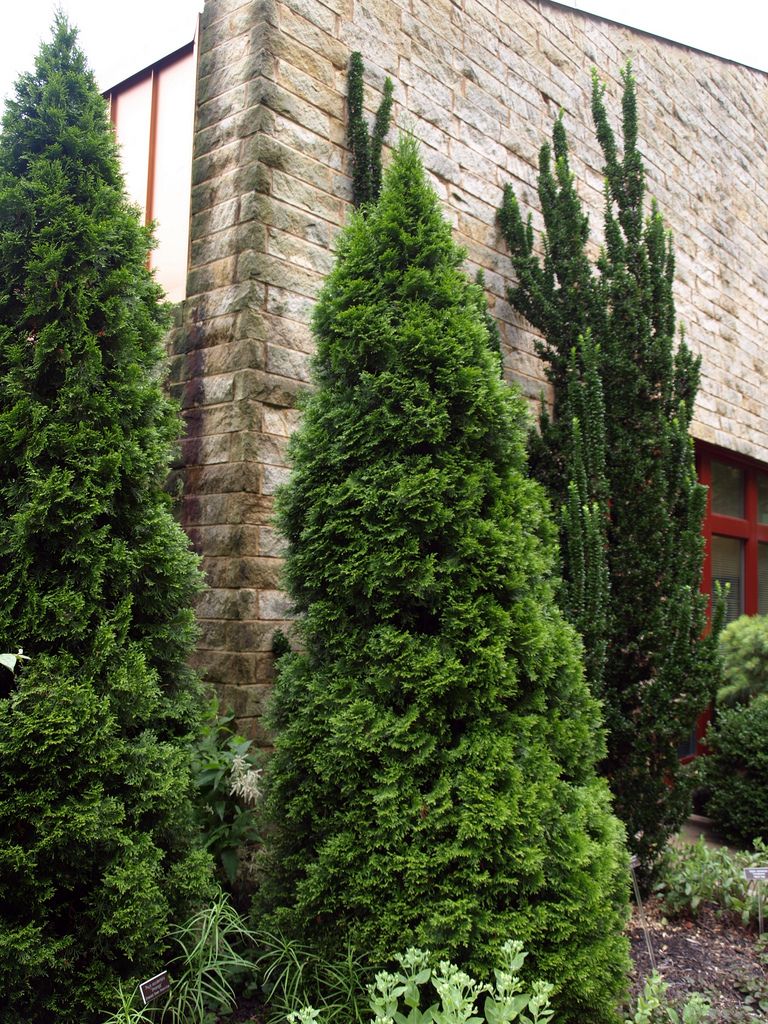
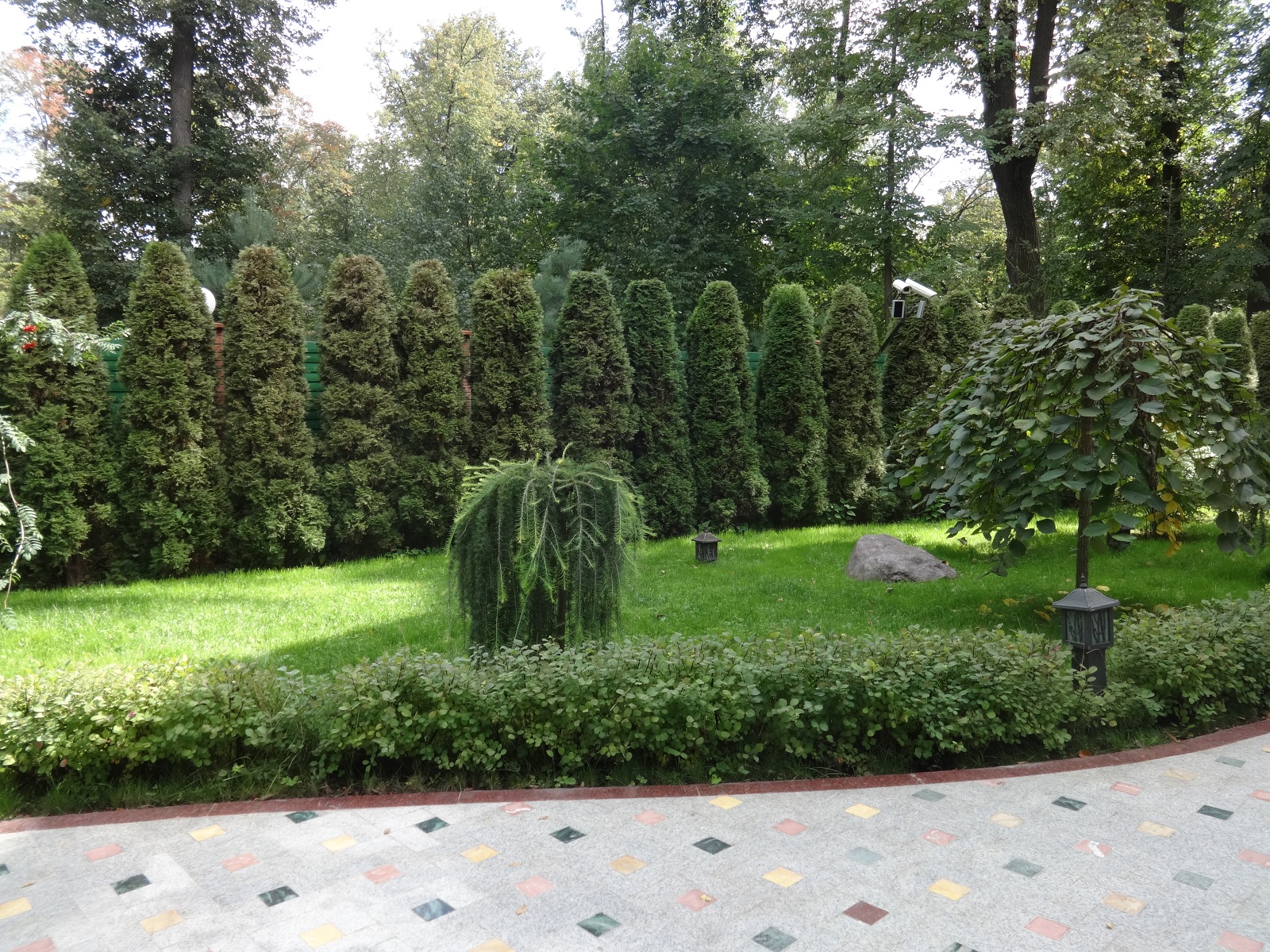
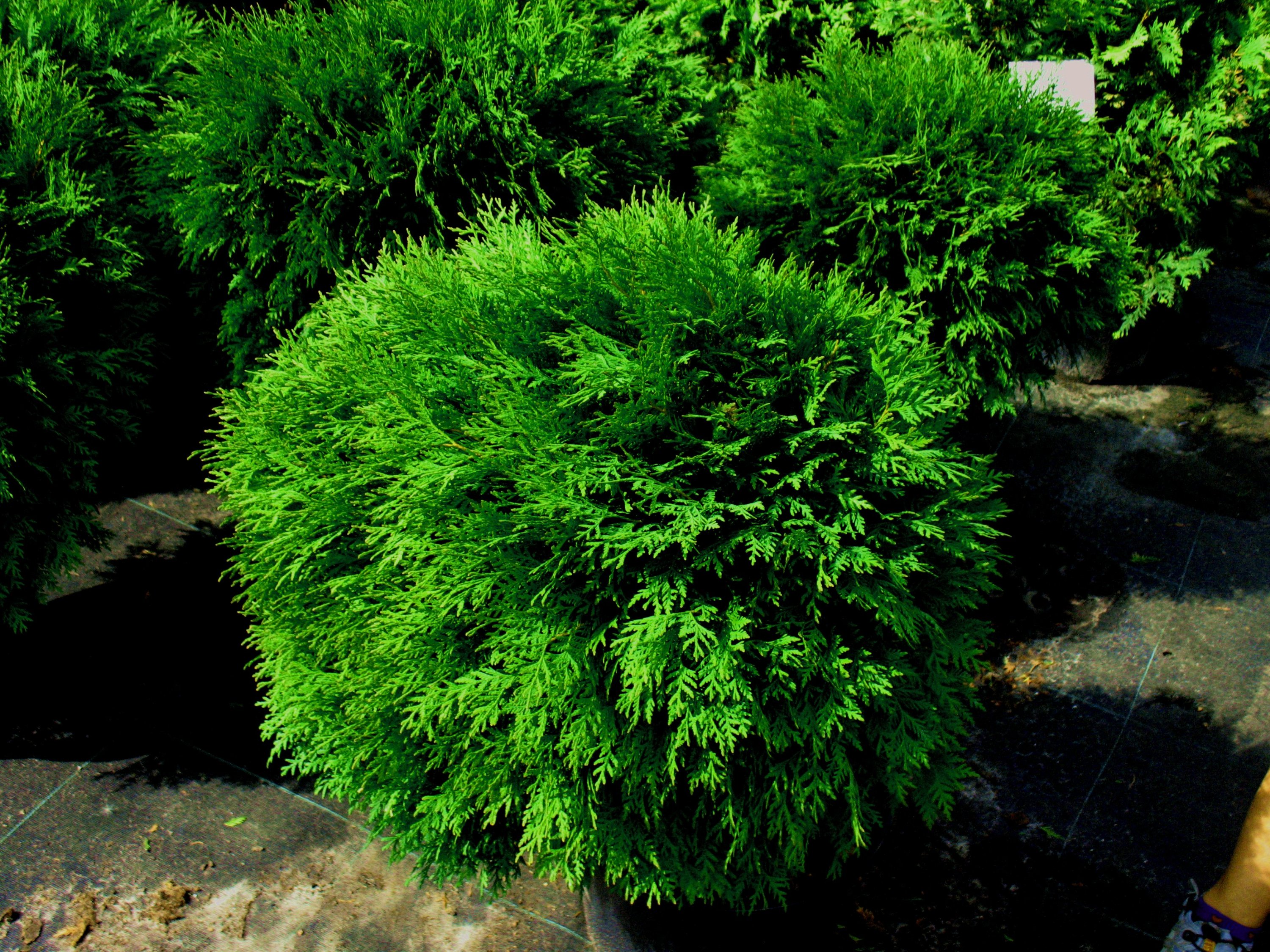
Possible proportions of planting composition: 2 shares of humus, 2 portions of peat, 1 fraction of sand, 2 portions of sod. When planting, it is preferable to put 150 grams of fertiks and 300 grams of compost in each seedling.
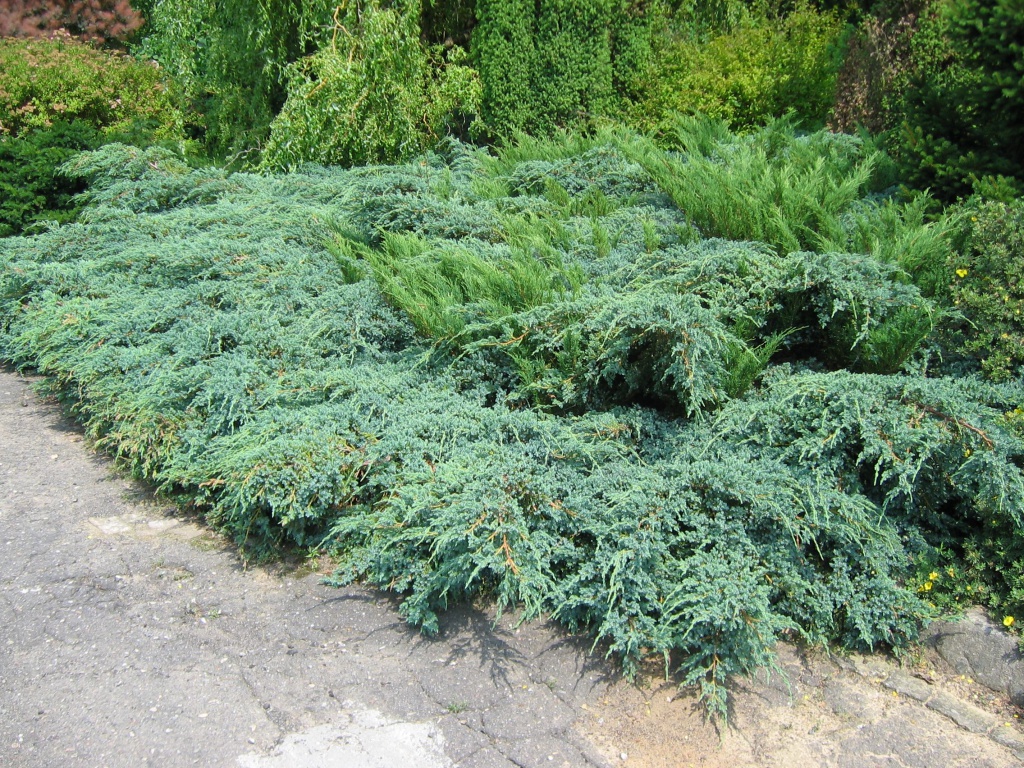
The depth of the fossa depends on the volume of the roots, on average, its size is 50 * 85 cm. The seedlings are planted directly after purchase in order to prevent the roots from drying out, carefully avoiding the destruction of the coma. After planting, the juniper is watered with plenty of water and sheltered from the sun. The interval between the planted seedlings depends on the design of the garden, requires a joint or a single planting, and varies from 0.5 to 2 meters.
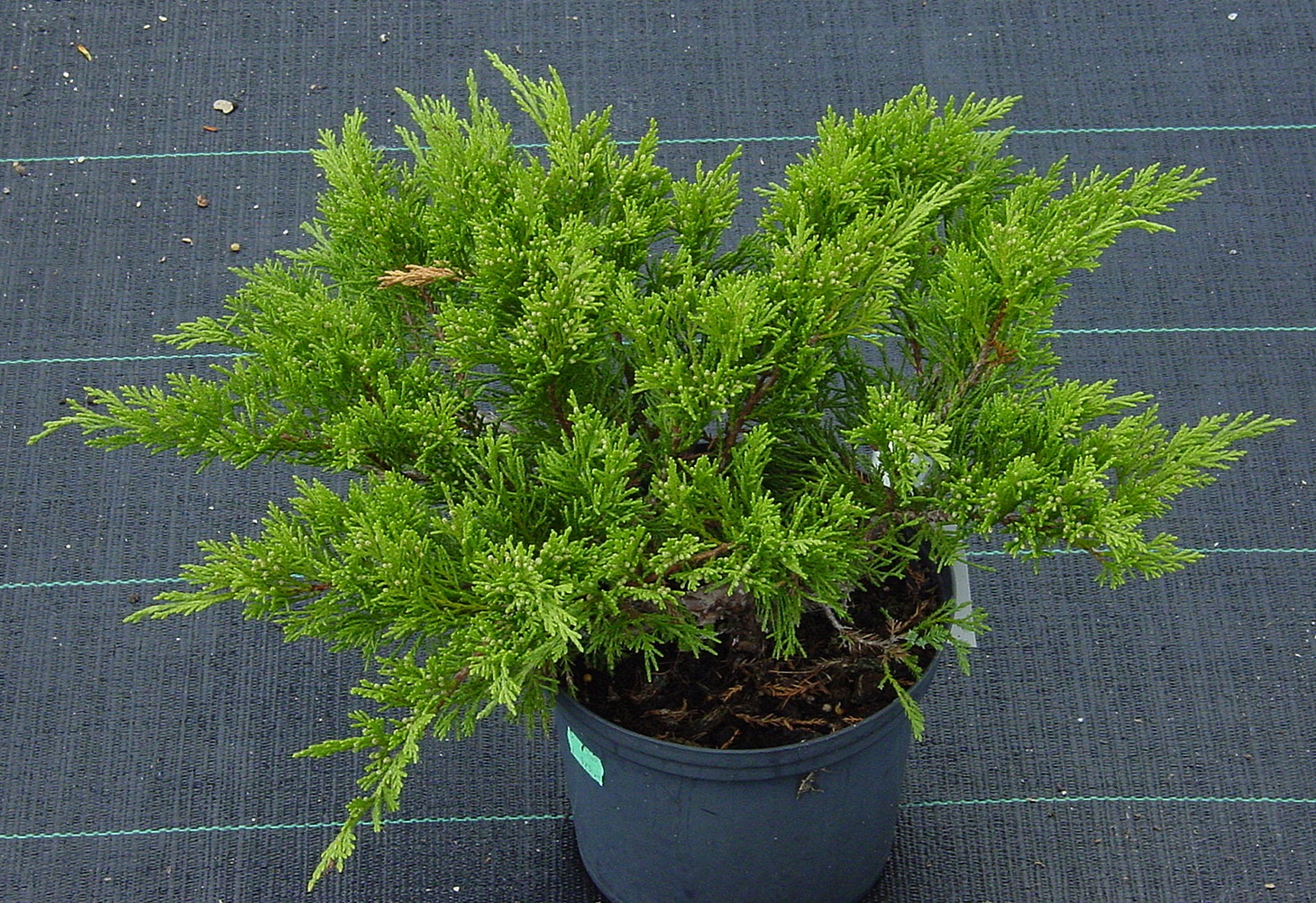
Sowing seedlings
Collecting seeds for seedlings, it is necessary to remember the importance of time - preference is given to mature seeds collected in late August, rather than fully matured, taken in the autumn period. Since the percentage of germination of the first collection condition is higher.
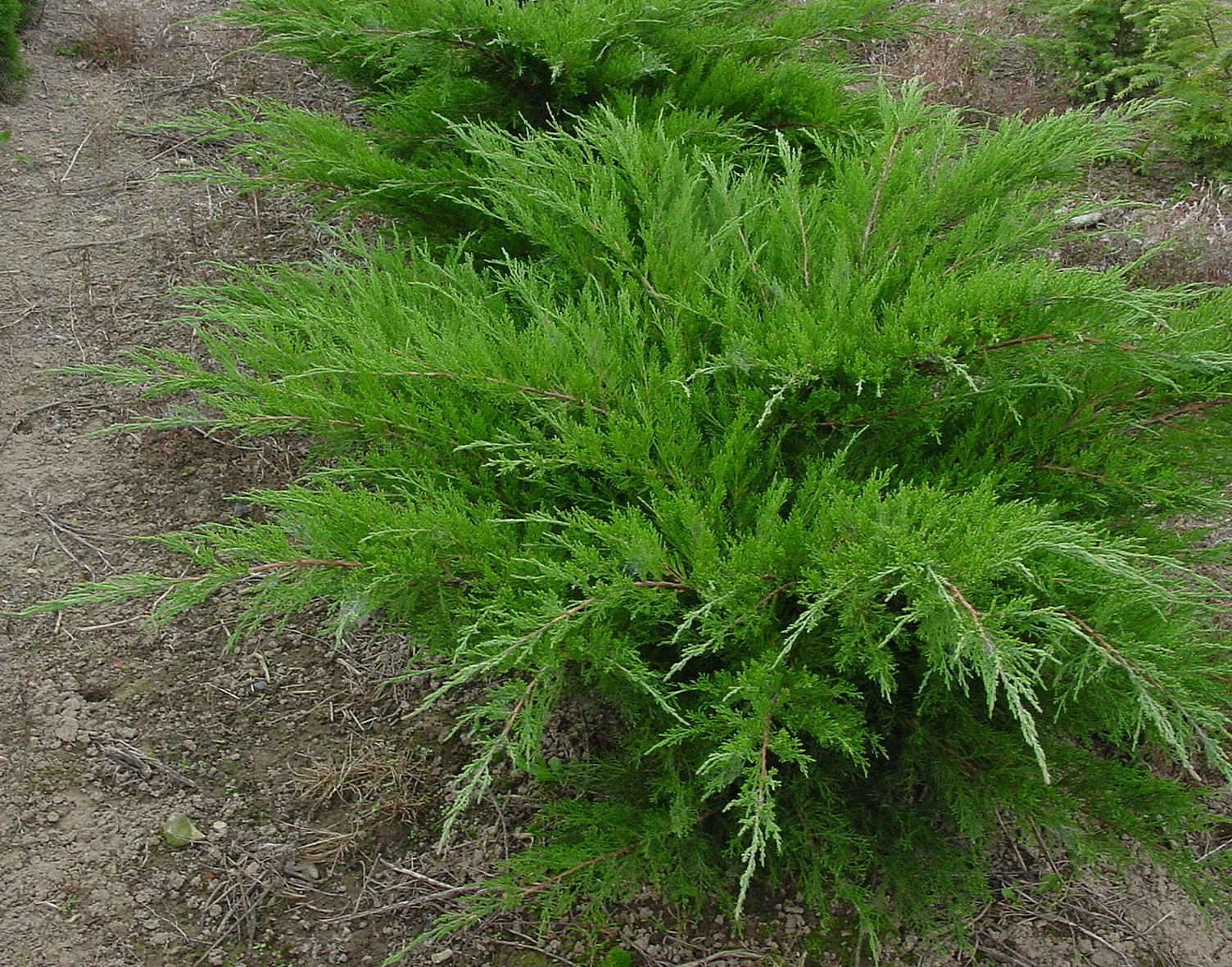
The seeds are not subject to storage, they are immediately planted, but you should know that the dense seed coat, which delays its seedlings, up to three years.
Juniper: planting methods, care and selection of the appropriate grade. (35 photo)
Gardeners, both amateurs and professionals, prefer to decorate the fence with vegetation, that is, to create a fence of living green plants. For this purpose, you can use different types, but the most beautiful and spectacular option is a fence, created from thuja. It is possible to use evergreen planting both for the dacha plot and for the fence separating the yard from its neighbors.
What is the advantage of the thuja fence
Of course, you can use other types of conifers to create a decor for your own plot, but it is the Tuis that are the most unpretentious, and you can independently reproduce and plant them in the summer.
Among the many advantages of tui, the main ones should be highlighted:
- Endurance.
- Unpretentious care.
- Planting of a thuja can be made both on the sunny side of a site, and in the darkened places.
- Plants tolerate frosts and intense heat.
- Easy breeding process cuttings or ripened seeds.
- Plantings emit healing phytoncides, destroy microorganisms harmful to humans and the environment.
What is the best choice of Tui
Before planting plantations, you need to choose a suitable type of tree, which not only takes root well in the region, but also bestows its owner of plant beauty. On the territory of the Russian Federation, one can most often see such varieties of tui:
- "Emerald";
- Brabant;
- Columna.
Tui varieties "Smaragd"
This type of thuja grows up to 10-12 meters, provides for the color of the needles of a light green shade, has the correct conical shape. Variety does not change its shade in the winter time. Having chosen this type to create a hedge, it is possible both in summer and in winter to have beautiful, lush and at the same time green vegetation that will surely please the eye. Often it is not necessary to cut such varieties, as thuis grow slowly and at the same time retain their original, that is, pyramidal shape. If you need to get a fence in a tight version, then the planting of this variety should be realized at a distance of 70-80 cm from the tree.
Tui called "Brabant"
Such Tui will suit those gardeners who need to create a fence for their site in the shortest time possible. This variety provides the following advantages:
- growth rate. During the year, it can grow up to 0.5-0.7 meters, and other species grow by about 0.25-0.3 meters over this period of time;
- the tree can reach a height of up to 16 meters;
- the circumference of an adult plant reaches 3 meters.
However, it is worth considering that the branches also grow rapidly, so the planting should be regularly cut. Such events are made 2-3 times a year so that the greens grow dense and delight with their pomp. Planting fences from this grade of thuy should be carried out at a distance of 1-1.2 meters.
Tui called "Columna"
Columna is also widely demanded, but these varieties of tui do not grow as fast as those listed above. An adult tree can reach a maximum height of 8-9 meters. With the arrival of winter, the needles change their color to brownish, and with the onset of spring they turn green again. The crown of the thuja is not sufficiently thick; On the branches you can see numerous cones in which seeds ripen, they also change their color with the onset of cold weather.
How best to plant Tui independently
 Proper planting of thuja will be made only if the event takes place in stages, while taking into account the recommendations of professionals.
Proper planting of thuja will be made only if the event takes place in stages, while taking into account the recommendations of professionals.
First, choose a suitable place for good growth of trees. As mentioned earlier, Tui are unpretentious plants, so they can be planted both in the sun and in the shade. But if planting will be done in places where the sun is constantly shining, the plant can gradually shrivel. Therefore, it is best to choose places with a little shadow.
Soil can be used any, as the trees are well acclimatized in the soil of any type. Attention requires the choice of the optimal method of reproduction. Thuja can be propagated by cuttings or ripened seeds, which are formed in the cones.
If breeding will be carried out by cuttings, then they need to be prepared in early spring, when the adult tree begins to awaken from winter dormancy:
- cuttings should be obtained from the branches that grow on the upper part, their length should be 20-25 cm;
- they are not cut off, but are quickly pulled off from the main branch. And on the broken off part should remain the so-called heel, that is, a small part relating to the main branch;
- needles are cleaned from this place, about 3-4 cm, and the material for planting is lowered into a special growth stimulator. In this composition, the stalk should stand for 24 hours;
- landing is carried out in a special container in which there are openings for access of oxygen. The tank is filled with well-moistened sand, planting material is dug into it by 3-4 cm. When planting, the cuttings should be tilted so that the tilt level visually corresponds to 45 degrees. The containers are placed in the shade, initially covered with a transparent film of polyethylene;
- instead of a large capacity, you can use an ordinary flowerpot, in which sand is also poured and a thuja stalk is planted. After the planting material is applied, it is very convenient to get it out of the pot and plant it on a permanent place to grow.
In order for the cuttings to begin, it is necessary to create optimal conditions for their growth. The ambient temperature should not fall below 22-20 degrees. It is important not only to regularly water the soil, but also to spray planting material.
After it will be noticeable that the cutting has begun, polyethylene can be replaced with gauze, which must be constantly sprayed.
With the onset of the autumn period, the material for planting should take root completely, therefore, it is fit to plant it in a permanent place. If during the inspection it is noticed that one of the seedlings is not fully grown, then you should not get it out of the pot, but rather leave it there for a while, for the further development of the root system. In this case, you can use mineral supplements and fertilizers for thuja.
Seed propagation
Tui can be propagated by seed, but this process is more long, therefore it is used less frequently. If it was decided to propagate the Tui in this way, then this should be done in stages:
- to collect material for planting in the summer or at the beginning of the autumn period. At the time of collection of seeds affects the region in which the thuja grow. It is necessary to collect seeds from those cones that have not yet opened. The collected seeds are laid out in a shade dry place for complete drying;
- dried seeds are planted in the ground at the end of October or at the beginning of November. It is not worthwhile to delay planting for a long time, since the seeds lose the ability to resemble when stored at room temperature about 3-4 months after harvest;
- if planting is planned in the spring period of the year, then the material must be stored in the refrigerator.
Evergreen thuja is valued by gardeners for its ruggedness and decorative appearance. In the garden, it will look spectacular in winter and summer. Planting thuja in the fall (the technology will be described below) or at the height of spring is quite simple. Most often they are planted in groups, using as hedges. In such cases, the plant is planted at a distance of 0.5 m from each other. In other situations between thujas and other representatives of the flora world, at least 1 m is left.
You can grow a single instance, surrounding it with suitable neighbors. What is planted next to thujas should be considered separately. Shrub gets on well with other representatives of the species of evergreens. It may be larch, spruce or cypress. It looks great in the vicinity of a dwarf juniper, hydrangea, acacia, astilba, petunia, hosta. Not bad on a rich green background look lilies, phlox and. Planted with peonies and asters is not recommended. In any case, after properly organized garden work, thuja will delight with a thick green crown and voluminous forms, it will serve as an ideal background for flowering representatives.
Terms and place for landing
Thuja is considered an unpretentious plant, so it can be planted in the spring and during the autumn rains. The period from April to June or the period from mid-August to the end of September is considered to be the best time for landing. If the seedling is purchased in a container, then it can be planted even in summer. If it is not possible to purchase many saplings at once to create a hedge or compositions, it can be limited to a few copies, and then carried out by cuttings.
It is possible to grow a tree from seed, but you will have to be patient for several years to come, as this process is lengthy. Saplings can be easily purchased in specialized stores, experienced growers recommend choosing Smaragd for the site. It is this type that has an elegant pyramidal shape, is distinguished by a high level of frost resistance, it is not so picky about the composition of the soil.
They sell young thujas in plastic containers, so you can not rush into transplanting in the ground, but take a responsible approach to the question and study all the features of the autumn and spring planting of the plant.
Before planting, you need to choose a place for the plant. Since the ephedra are unpretentious, they will transfer not bad scorching rays, as well as shaded areas. The latter option can provoke a loss of the saturated color of the crown, so the best choice when deciding where to plant the thuja will be the preparation of the solar section or zone with penumbra. As for the soil, you should select a site with fertile light soil, perfectly permeable to moisture and air. This may be a clay, sandy area. If there is any other material, then stunted thujas can be planted along them. They will create a scenic overview for contemplation, both in winter and in summer.
The practice of autumn planting
How to plant a thuja in the fall so that it quickly settles down? To start on the selected site will need to remove all weeds, prepare a pit for the seedling. Attention should be paid to the size of the excavated trench; the landing pit should be 2 times deeper and 3 times wider than the root ball of the seedling. The bottom of the pit will need to lay out peat, black soil or old compost. If the groundwater flows close, it is necessary to provide excellent drainage by laying out a layer of broken brick, expanded clay, pebbles or rubble. The layer must be at least 10-15 cm thick. It is important to clarify that it is necessary to dig a hole at least 3 days before disembarking. A similar action is carried out so that the earth can be sufficiently saturated with oxygen.
Before landing in the ground, it is necessary to water and then carefully remove it from the tank along with a clod of earth. Next, the seedling is placed in a prepared pit so that the horse neck is located exactly at the level of the ground. Do not raise or bury the plant too much, as in this case it may dry out. The seedling placed in the hole must be covered with earth and carefully shed with water. An excellent option would be to use any kind of mineral fertilizer. Planted plant in the ground should be in the morning or in the evening.
Read more about landing in the video.
During the first 7 days after landing in the ground, the plant is recommended to be treated with anti-stress drugs. The process must be carried out once a day. After a week, spraying is recommended to be reduced to 2 times. Water the transplanted plant should be 1 time per week with 1 bucket of water under each tree. In the case of a dry autumn, the frequency of irrigation is increased to 2 times in 7 days. Tui Smaragd (planting in autumn and spring) involves the mandatory use of mulch. Walnut shells, wood chips, bark or peat are suitable for bedding. The same mulch can be used if carried out or other fruit-bearing shrubs.
It is worth remembering that the best time is from mid-August to September or early October. It is important to work before the frost, and in the winter to cover the young plant with a layer of burlap. If these conditions are met, the sapling will quickly take root and endure the frosty winter without loss.
How are planting works done in spring?
In general, with regard to how to plant thuja in the spring, it should be noted that the essence of the process is almost the same as the autumn procedure. It only needs to be remembered that the best moment to land in the ground is mid-April - early May.
Before planting, you need to prepare a hole that exceeds the root ball in 3 times. At the same time, the depth of the planting pit should be at least 1 m. In case of heavy and wet soil, it will be necessary to lay out a drainage layer and apply organic fertilizer. The seedling should be moved to the prepared pit together with the earthy clod and sprinkled with a mixture of turfy ground with peat and sand.
Planting of a thuja in the spring provides fertilizing with phosphorus and potassium once every 2 weeks and, of course, it is necessary to water the young sapling 1 time or 2 times a week in case of a dry spring.
Decorative thuja is the subject of admiration of many gardeners. It is not surprising, lush and at the same time unpretentious shrub attracts the eye and makes excellent compositions with other plants. The planting process is quite simple and can be carried out in any season, both in autumn and in spring.
